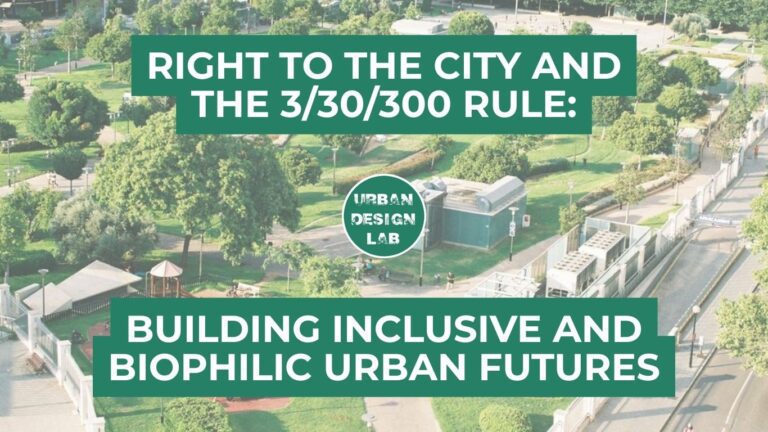
Top 7 Landscape Architecture Firms in Brazil You Should Know

Brazil is internationally celebrated for its architectural creativity, with landscape architecture uniquely influenced by its diverse climate, rich biodiversity, and cultural heritage. The outdoor lifestyle encourages the use of native plants and ecological strategies, fostering artistic yet sustainable landscapes.
This article highlights seven of Brazil’s most influential landscape architecture firms and professionals. From Roberto Burle Marx’s legacy of modernist expression and cultural symbolism to contemporary practices that integrate ecological inclusivity and urban revitalization, these professionals have shaped public spaces that connect people, plants, and place.
Projects such as Copacabana’s promenade, São Paulo’s Vale do Anhangabaú, and Rio’s Parque Madureira demonstrate the diverse scales and approaches defining Brazil’s landscape identity. The continued evolution of this discipline honors ecology, culture, and community, offering valuable lessons for global landscape architecture.
Brazil’s Unique Landscape Architecture Identity
Brazil’s landscape architecture is shaped by the country’s vast biodiversity, tropical climate, and vibrant cultural traditions. Unlike many regions where architecture turns inward, Brazil’s warm climate fosters outdoor living, making landscape design central to daily life.
This interplay between nature and culture has cultivated a design identity that is at once artistic, ecological, and socially engaged. Native plants and ecological strategies form the backbone of this ethos, enabling architects to create spaces that are visually compelling, environmentally resilient, and inclusive.
Brazilian landscape architects integrate biodiversity conservation with aesthetic innovation, crafting parks, plazas, and gardens that invite interaction and nurture wellbeing. Their work reflects regional nuances: from Amazonian ecosystems to coastal urban settings, while simultaneously addressing global sustainability challenges. This approach not only celebrates Brazil’s natural heritage but also positions landscape architecture as a discipline capable of confronting urban issues such as habitat loss, climate adaptation, and equitable access to green space.
This sets the stage for exploring the key figures whose vision continues to define Brazil’s landscape architecture on both national and international scales.

Burle Marx & Cia.: A Legacy of Artistic Modernism
Roberto Burle Marx is often heralded as the father of Brazilian landscape architecture, whose visionary work transformed the discipline both nationally and internationally. Founded under his direction, Burle Marx & Cia. pioneered designs that merge modernist aesthetics with strong local identity and ecological sensitivity.
His most iconic creation, the Copacabana Beach promenade in Rio de Janeiro, features undulating black-and-white mosaic patterns inspired by ocean waves, symbolizing Brazil’s coastal culture.
Burle Marx’s design philosophy embraced native plants, organic forms, and vibrant colors, challenging conventional European garden models and setting new standards for landscape artistry. Beyond aesthetics, his projects promoted biodiversity, using regional species to reconcile beauty and ecology.
This legacy continues through the firm, which upholds his principles in contemporary projects. Burle Marx & Cia. remains a cornerstone of Brazilian landscape architecture, exemplifying how creativity and environmental awareness can produce enduring cultural landmarks.

Source: Website Link
Rosa Kliass Paisagismo e Planejamento: Urban Renewal Pioneer
Rosa Kliass has played an instrumental role in advancing urban green spaces and landscape planning in Brazil. As a pioneer in ecological and urban design, her leadership at Rosa Kliass Paisagismo e Planejamento has redefined how degraded city areas can be revitalized.
The firm’s work on the Vale do Anhangabaú in São Paulo illustrates this impact vividly, transforming a neglected, polluted urban valley into a dynamic green corridor fostering social interaction and ecological improvement.
Kliass’s approach integrates environmental sustainability, cultural identity, and community needs, proving that landscape architecture can be a powerful catalyst for urban renewal.
Her career symbolizes Brazil’s growing commitment to re-imagining urban spaces through landscape principles that prioritize public well-being, connectivity, and resilience, inspiring cities across Latin America and beyond.

Benedito Abbud Arquitetura Paisagística: Sustainability Meets Community
With a wide-ranging portfolio, Benedito Abbud Arquitetura Paisagística excels in creating multifunctional public spaces that marry sustainability with community needs.
The Praça Victor Civita in São Paulo epitomizes this blend: once a contaminated industrial site, it has been transformed into a lush urban park offering recreational facilities, gardens, and event spaces. Abbud’s design emphasizes ecological remediation alongside social utility, turning an environmental liability into a celebrated city asset.
His firm consistently employs strategies such as native planting, water management, and sustainable materials, supporting biodiversity and climate resilience. By focusing on adaptive reuse and inclusive programming, Benedito Abbud promotes landscapes that serve diverse populations, reinforcing the social fabric through ecological design.

Martha Gavião Arquitetura Paisagística: Ecological Justice in Rio
Martha Gavião’s firm is noted for its dedication to ecological sustainability and social inclusion, particularly in underprivileged communities of Rio de Janeiro.
Her project at Parque Madureira integrates native vegetation restoration with advanced water management systems, creating vibrant public spaces where leisure, nature, and community interaction coexist. This park is a model of environmental justice, providing green access to neighborhoods often underserved by urban infrastructure.
Gavião’s work exemplifies how landscape architecture can address social inequities by designing spaces that prioritize ecological function and cultural relevance. Her approach fosters urban resilience while empowering local populations, positioning her firm as a leader in inclusive ecological design.

Luiz Carlos Orsini: Merging Art, Ecology, and Landscape
Luiz Carlos Orsini integrates contemporary art with landscape and ecology to create immersive experiences.
His work at the Inhotim Institute in Minas Gerais merges botanical gardens with art pavilions, establishing a cultural and ecological landmark. Orsini’s design philosophy emphasizes biodiversity and sensory engagement, encouraging visitors to experience nature and art as intertwined phenomena.
This work elevates Brazilian landscape architecture to an international multidisciplinary dialogue.

Alex Hanazaki Arquitetura Paisagística: Humanizing Urban Corporations
Alex Hanazaki’s contemporary practice focuses on balancing large-scale urban developments with thoughtful landscape design.
His transformation of the Rochaverá Corporate Towers in São Paulo integrates water features, vegetation, and pathways to soften the corporate environment’s scale and foster human connection. Hanazaki’s work demonstrates how landscape architecture can mitigate urban density’s impact, enhancing wellbeing and urban aesthetics in commercial contexts.

Haruyoshi Ono: Modernism Meets Ecological Legacy
As a key collaborator and follower of Burle Marx, Haruyoshi Ono extended modernist and ecological principles into contemporary urban landscapes.
Co-designing Flamengo Park, a flagship Rio de Janeiro green space, Ono contributed to an expansive urban park combining native ecosystems, recreational spaces, and cultural facilities. This project highlights a continuum in Brazilian landscape architecture where tradition and innovation coalesce.
Ono’s career embodies respect for ecological integrity and social function across urban scales.

-1
-1
Conclusion
These seven leading Brazilian firms illustrate the diversity and richness of the nation’s landscape architecture, blending modernist artistry, urban renewal, ecological stewardship, and cultural expression.
From Burle Marx’s iconic modernism to Orsini’s cultural-ecological fusions, and from Kliass’s visionary urban green planning to Hanazaki’s contemporary corporate landscaping,
Brazil’s landscape architects build more than spaces: they craft dialogues between ecology, culture, and society. This tradition offers vital global insights into creating inclusive, sustainable, and culturally resonant environments that connect people and place.
References
- Barron, S. (2000). Roberto Burle Marx: Modernist landscape architect. Princeton Architectural Press.
- Silva, M. (2018). The green legacy of Rosa Kliass in São Paulo. Landscape Journal, 37(1), 58–72.
- Abbud, B. (2015). Sustainability and urban landscape transformation: Praça Victor Civita. Journal of Environmental Design, 42(3), 210–226.
- Gavião, M. (2017). Parque Madureira: Ecological design and social inclusion. Journal of Urban Ecology, 23(4), 334–349.
- Ono, H. (2009). Flamengo Park: A continuing legacy of Brazilian landscape modernism. Landscape Review, 15(2), 89–104.
- Orsini, L. C. (2016). Art, landscape, and biodiversity at Inhotim. Ecological Design Quarterly, 29(1), 47–66.
- Hanazaki, A. (2020). Corporate landscaping and urban sustainability. Urban Landscape Review, 11(3), 123–139.
- Spirandelli, A., & Pereira, C. (2013). Brazilian landscape architecture: Overview and key players. International Journal of Landscape Architecture, 8(2), 107–120.
- Federação Nacional de Arquitetos e Urbanistas. (2019). Landscape architecture in Brazil: Trends and innovations. FNA Publications.
- Oliveira, R. (2014). Urban ecology and native plant use in Brazilian landscape architecture. Journal of Sustainable Urbanism, 6(4), 215–230.

Isabella Pettengill
About the Author
Isabella Pettengill is a final-year Architecture and Urbanism student at the Federal University of Mato Grosso do Sul (UFMS), Brazil. Throughout her academic journey, she has pursued diverse professional experiences across residential, commercial, healthcare, and urban design projects, with a growing focus on human-centered and sustainable urbanism. Her bachelor’s thesis explores the revitalization of underutilized public spaces through artistic and inclusive design strategies.
Related articles
UDL GIS
Masterclass
Gis Made Easy- Learn to Map, Analyse and Transform Urban Futures
Session Dates
15th-19th December 2025

Urban Design Lab
Be the part of our Network
Stay updated on workshops, design tools, and calls for collaboration
Curating the best graduate thesis project globally!
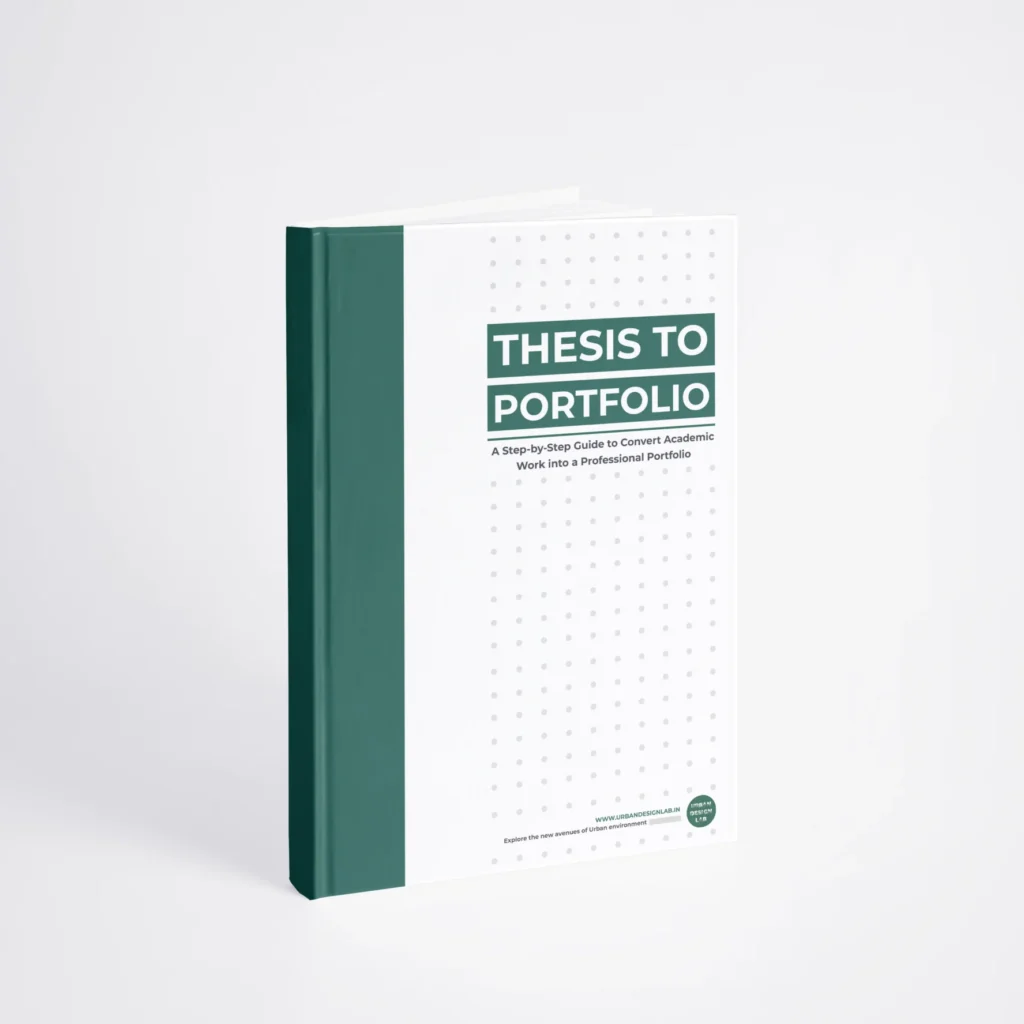
Free E-Book
From thesis to Portfolio
A Guide to Convert Academic Work into a Professional Portfolio”
Recent Posts
- Article Posted:
- Article Posted:
- Article Posted:
- Article Posted:
- Article Posted:
- Article Posted:
- Article Posted:
- Article Posted:
- Article Posted:
- Article Posted:
- Article Posted:
- Article Posted:
Sign up for our Newsletter
“Let’s explore the new avenues of Urban environment together “
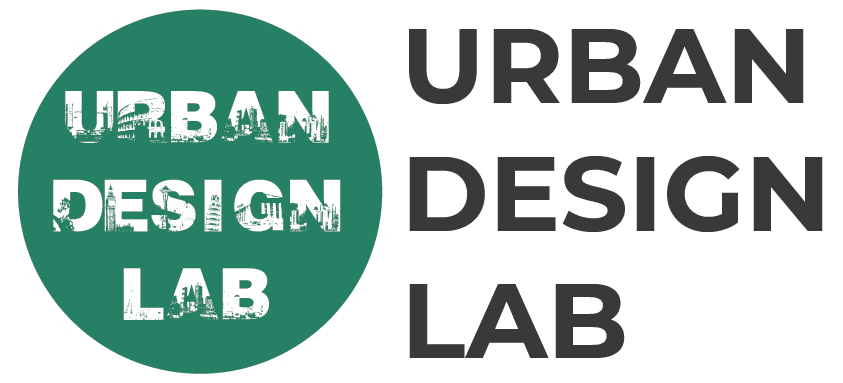
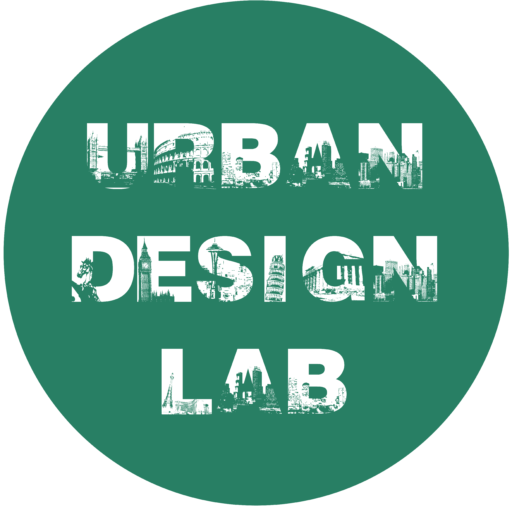
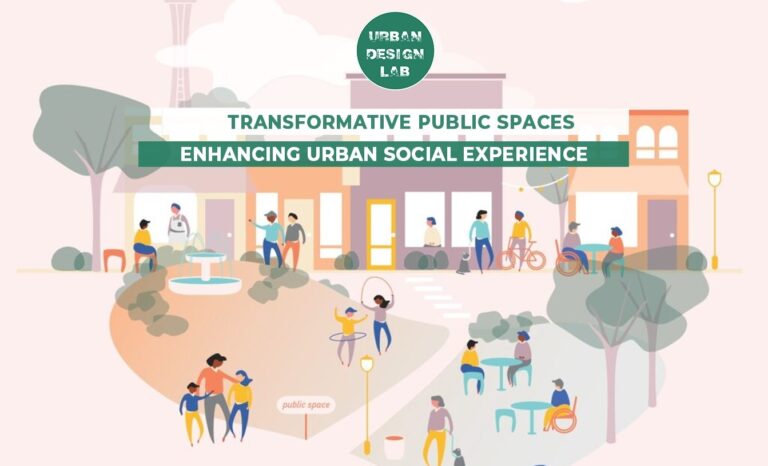
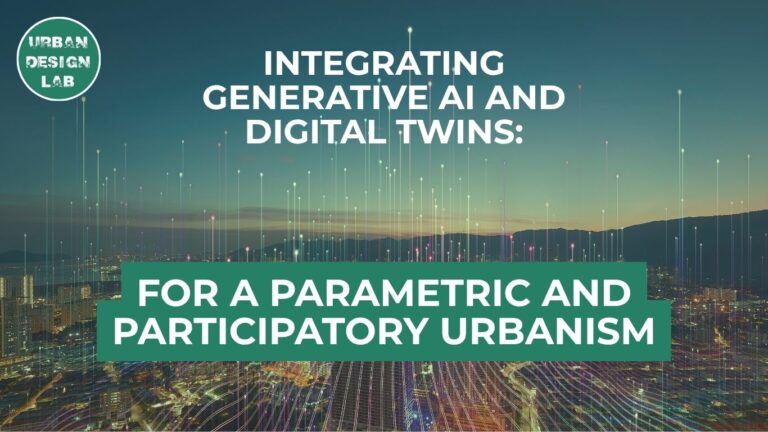
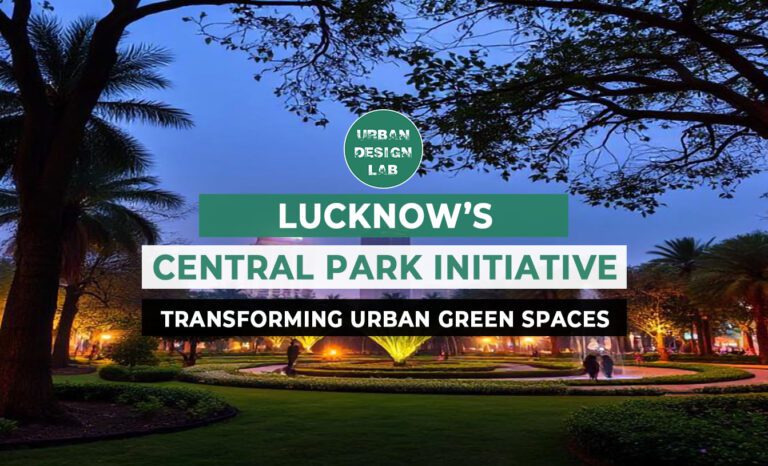
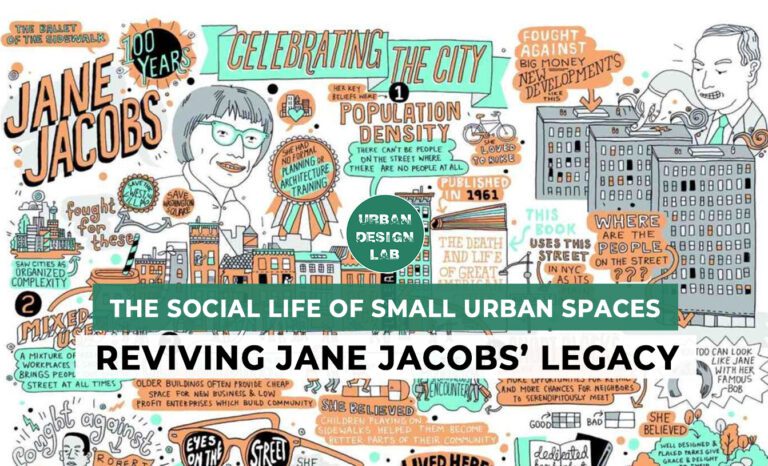
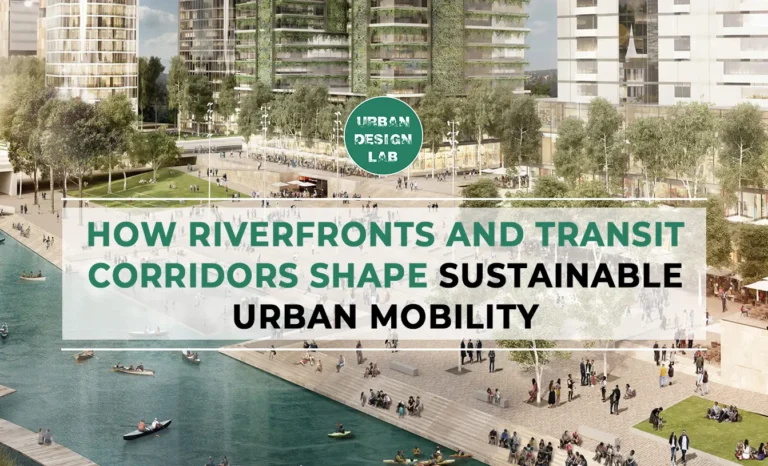
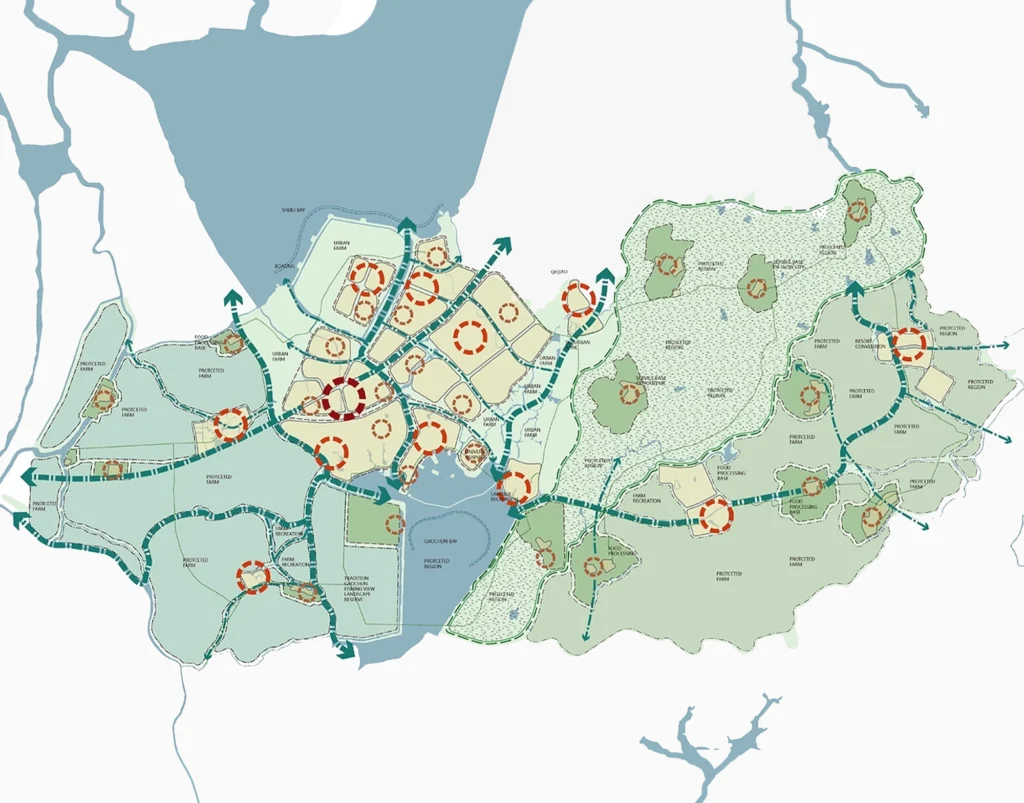
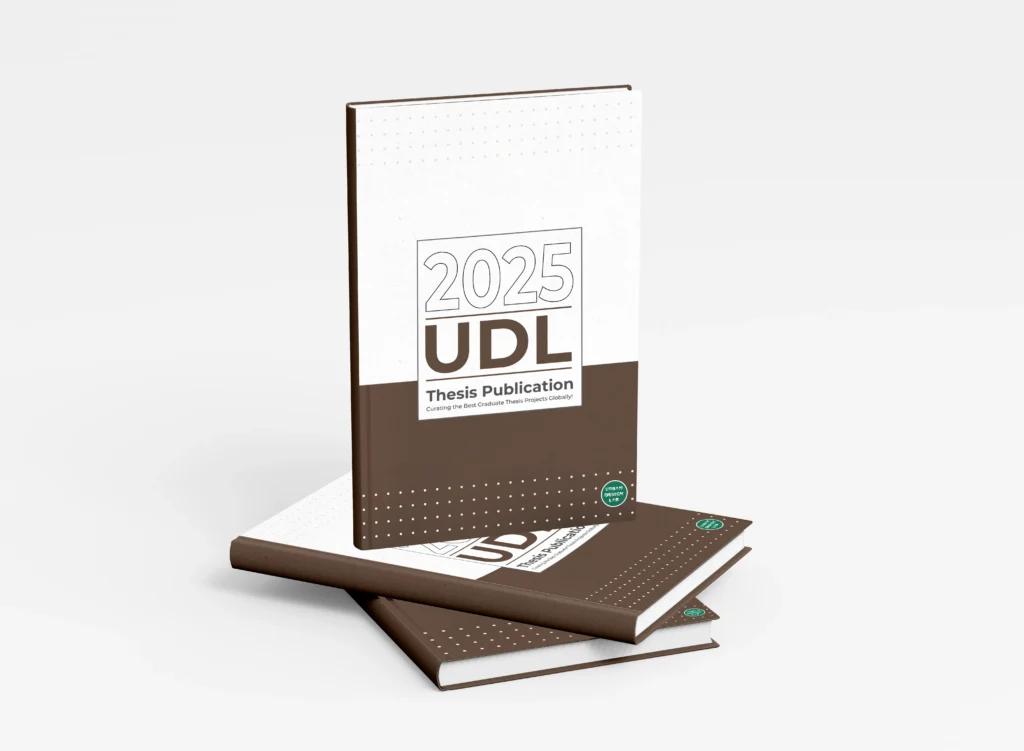
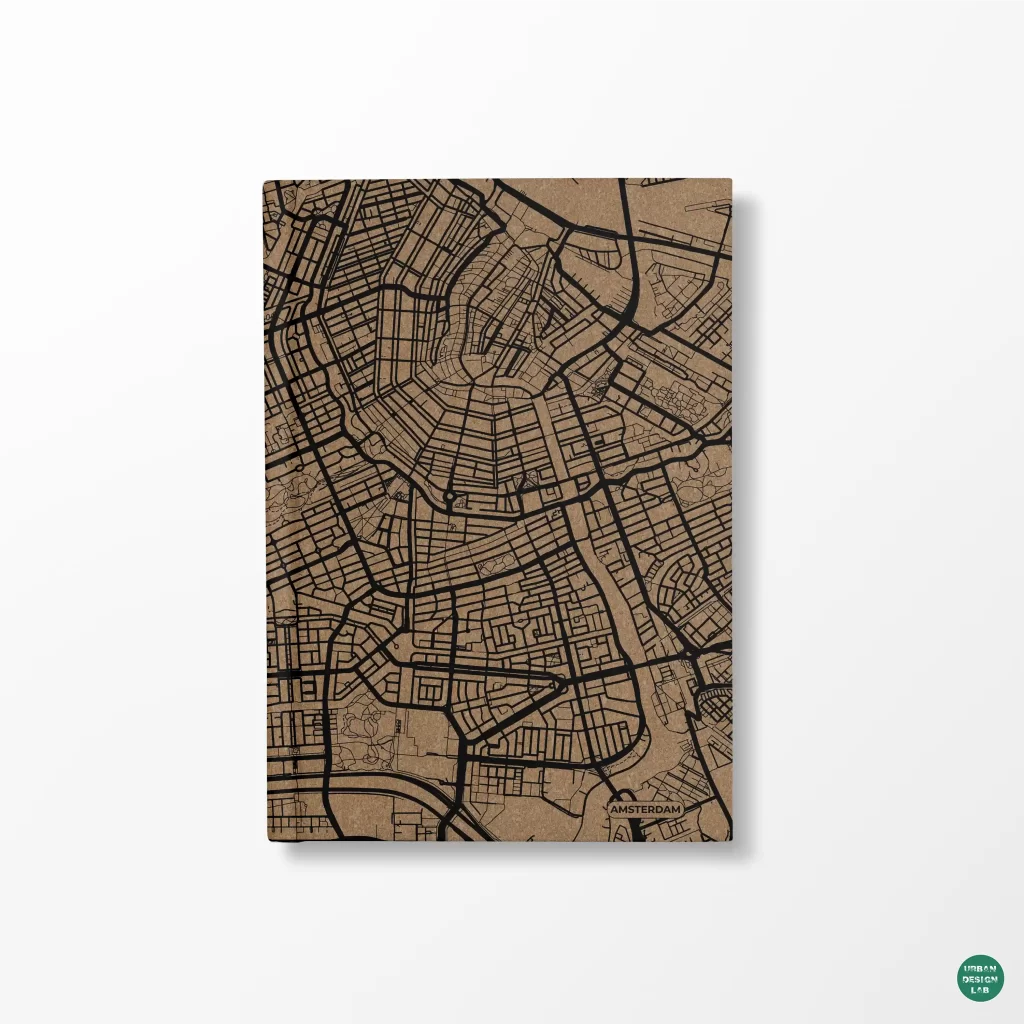
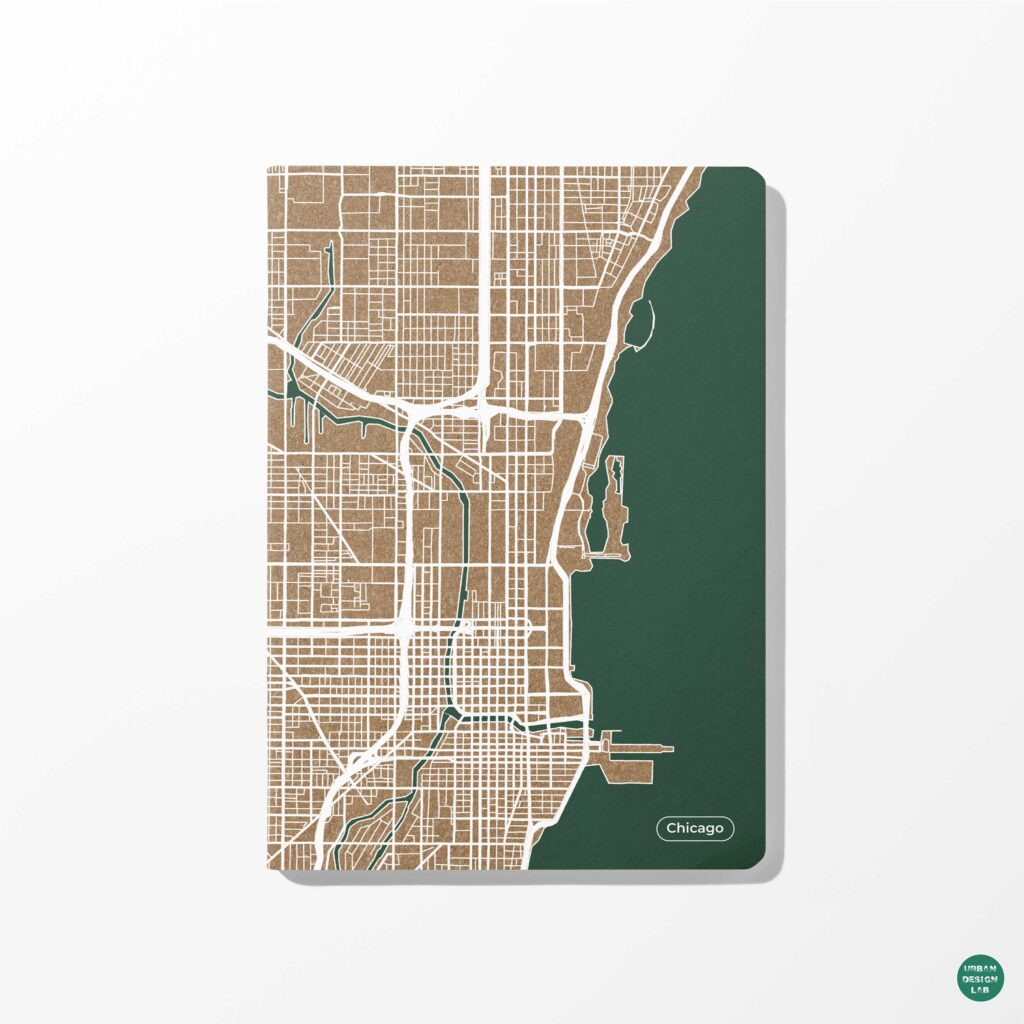
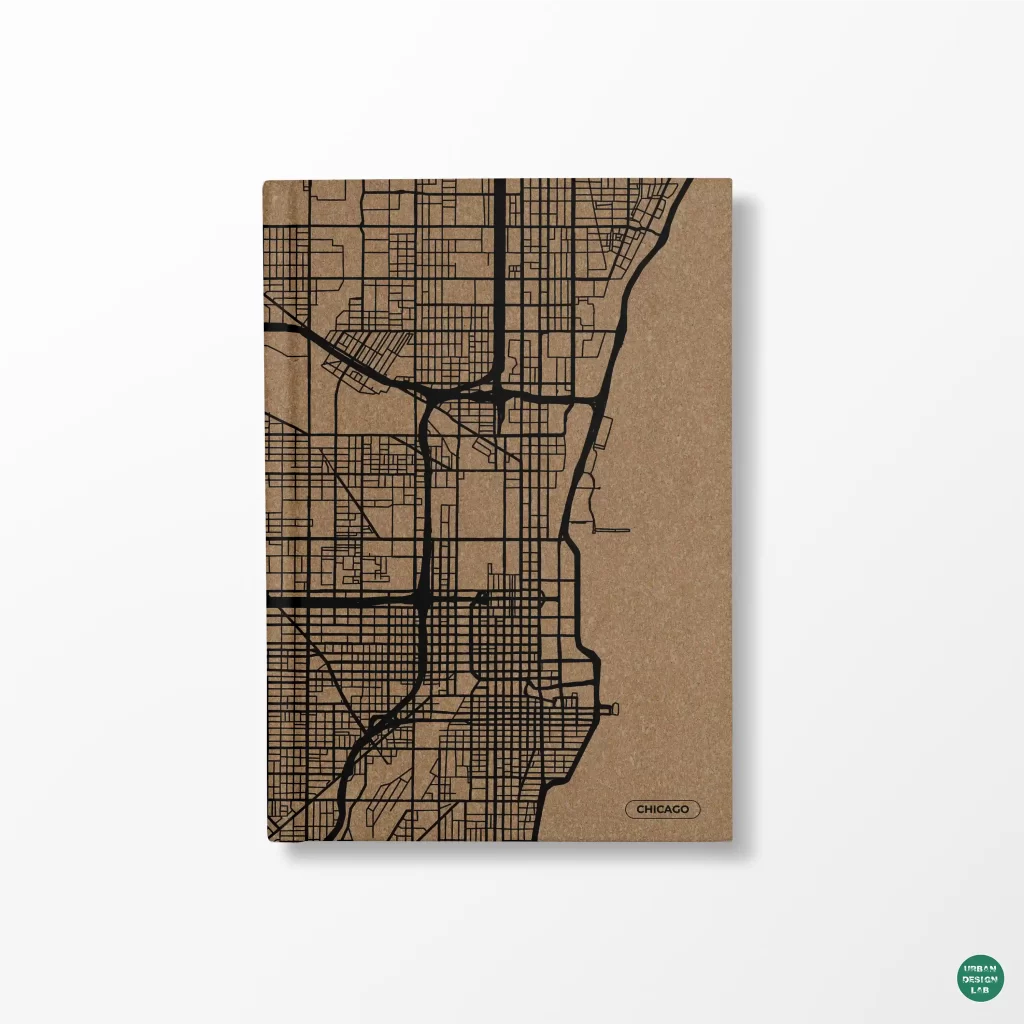
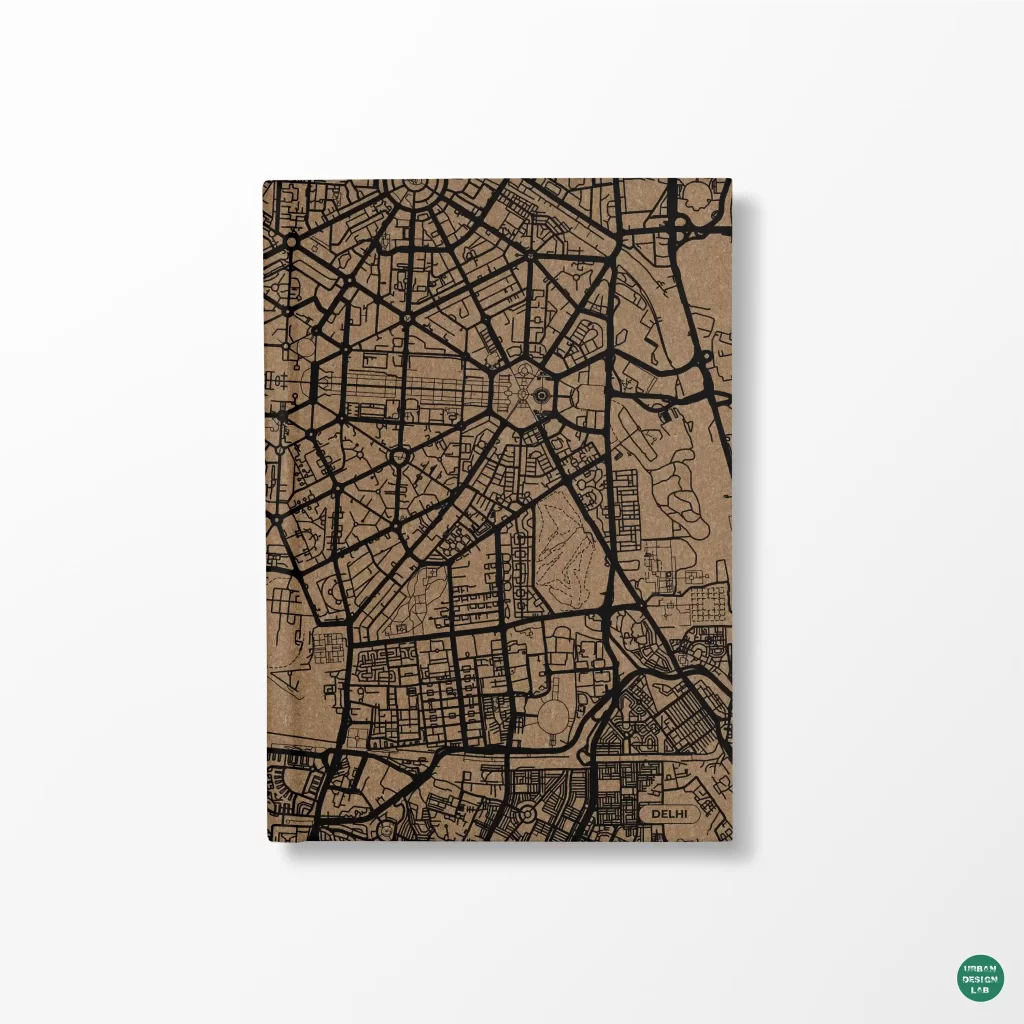
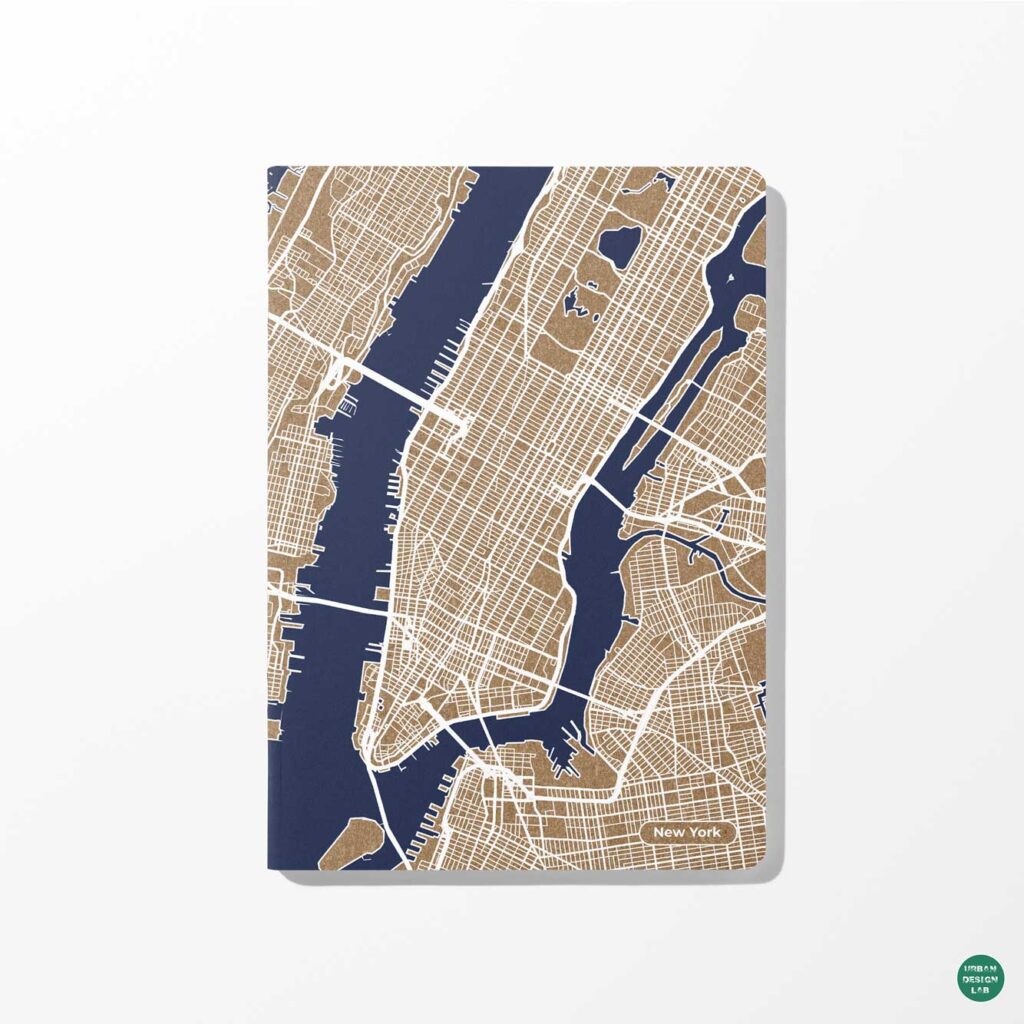
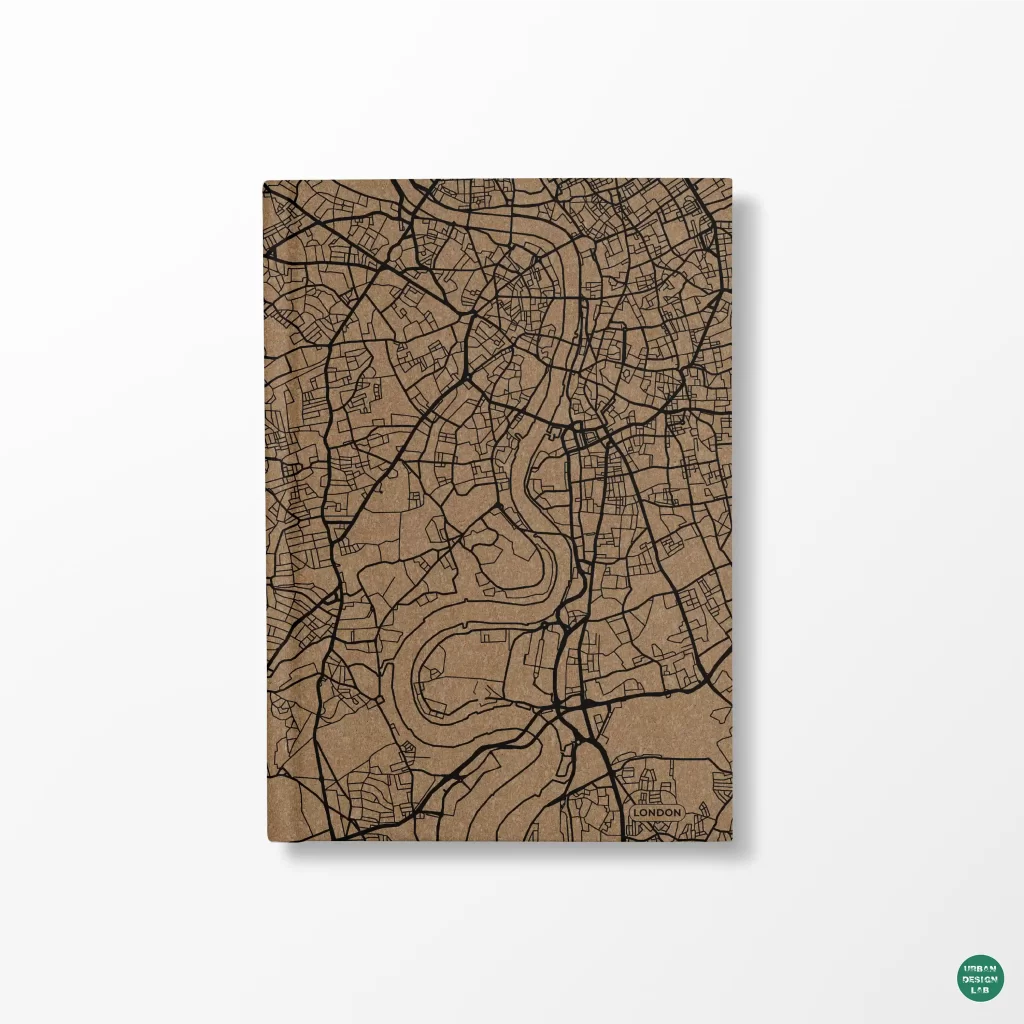
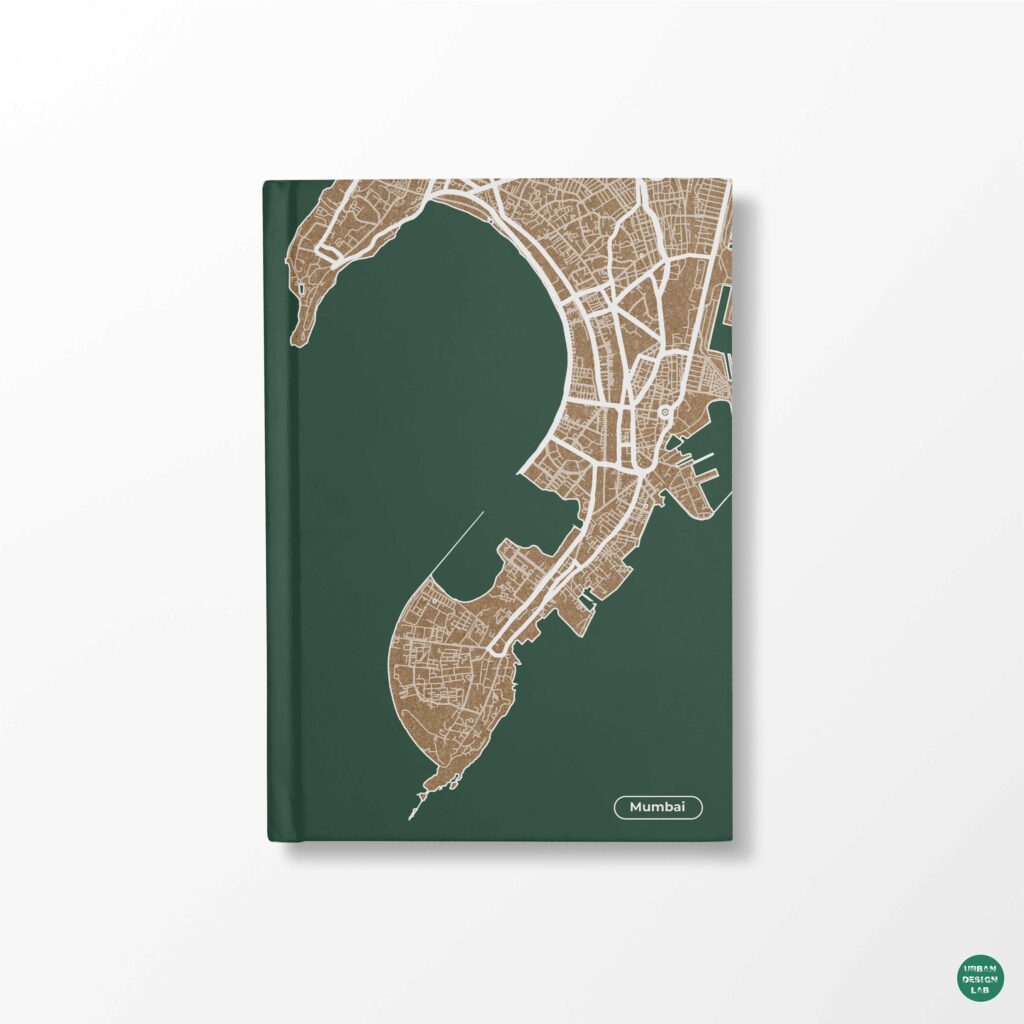
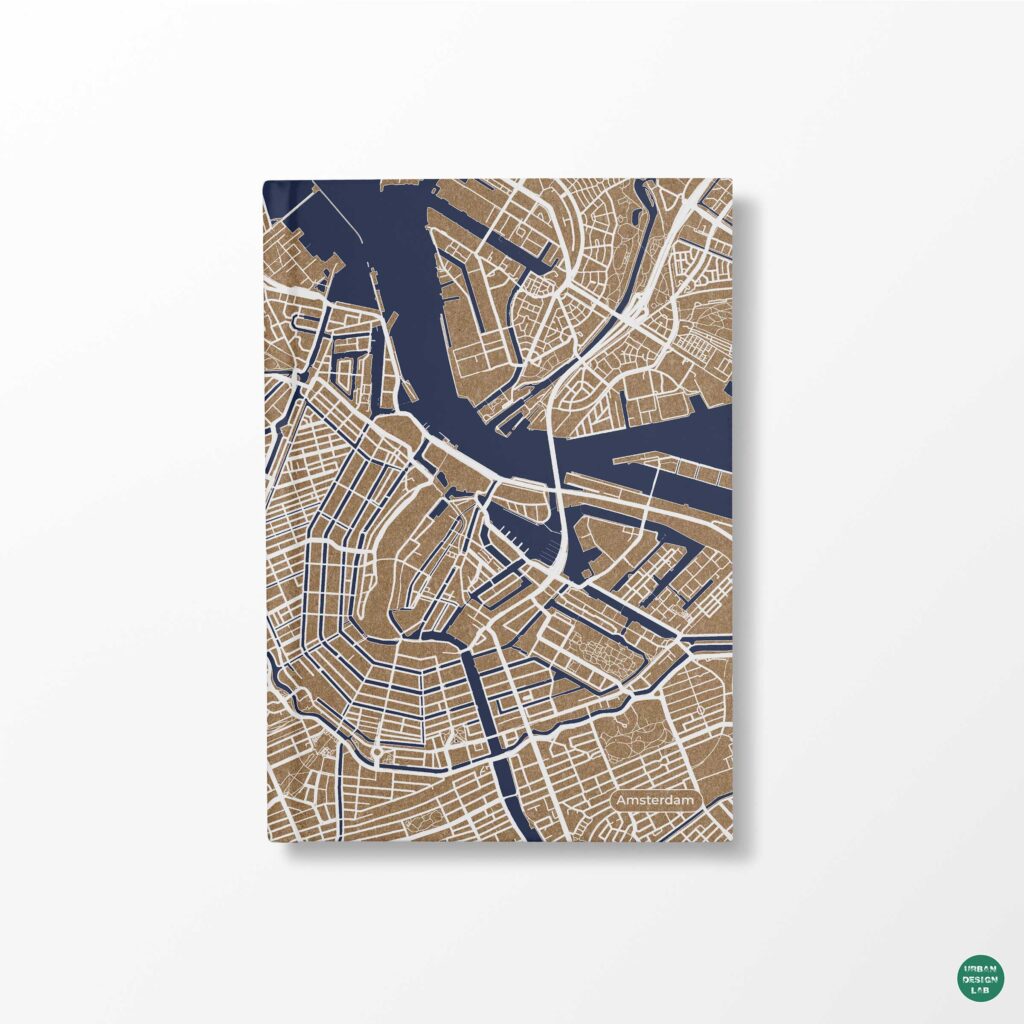
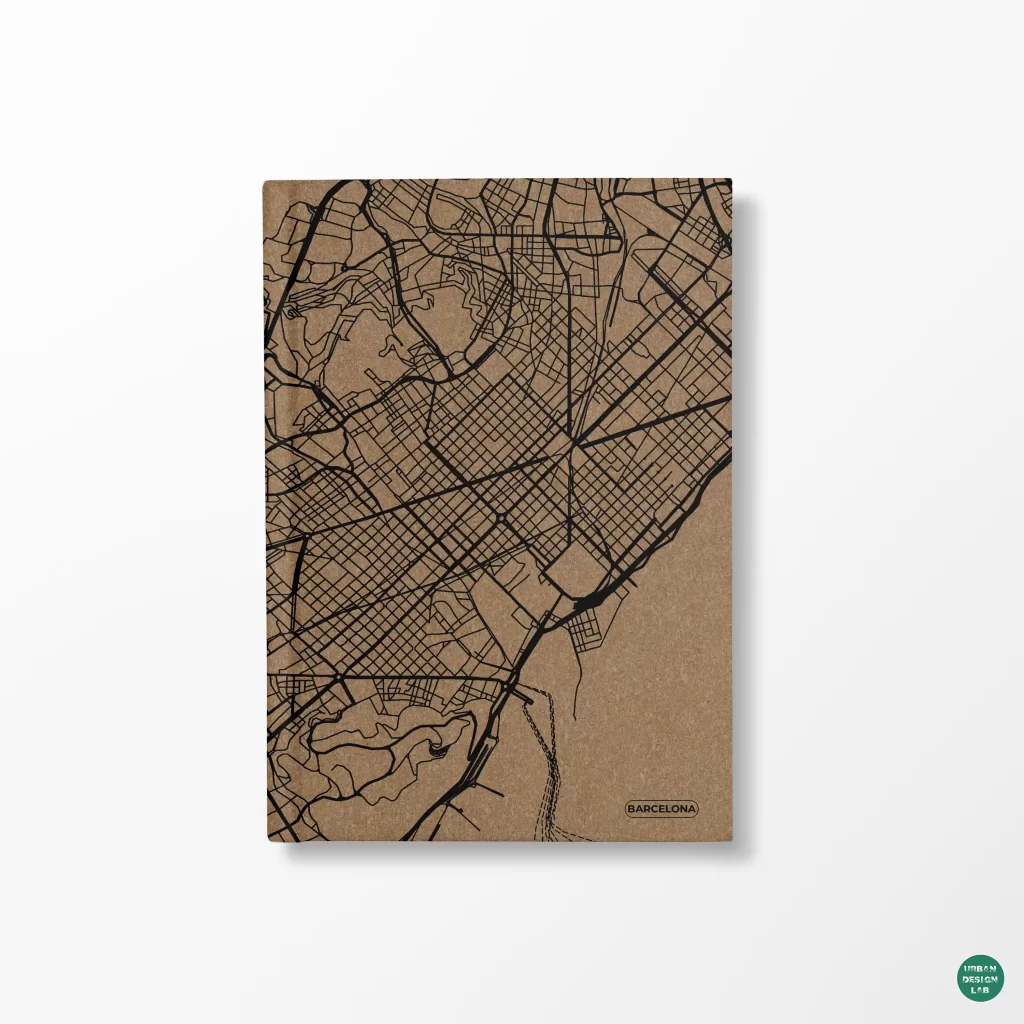

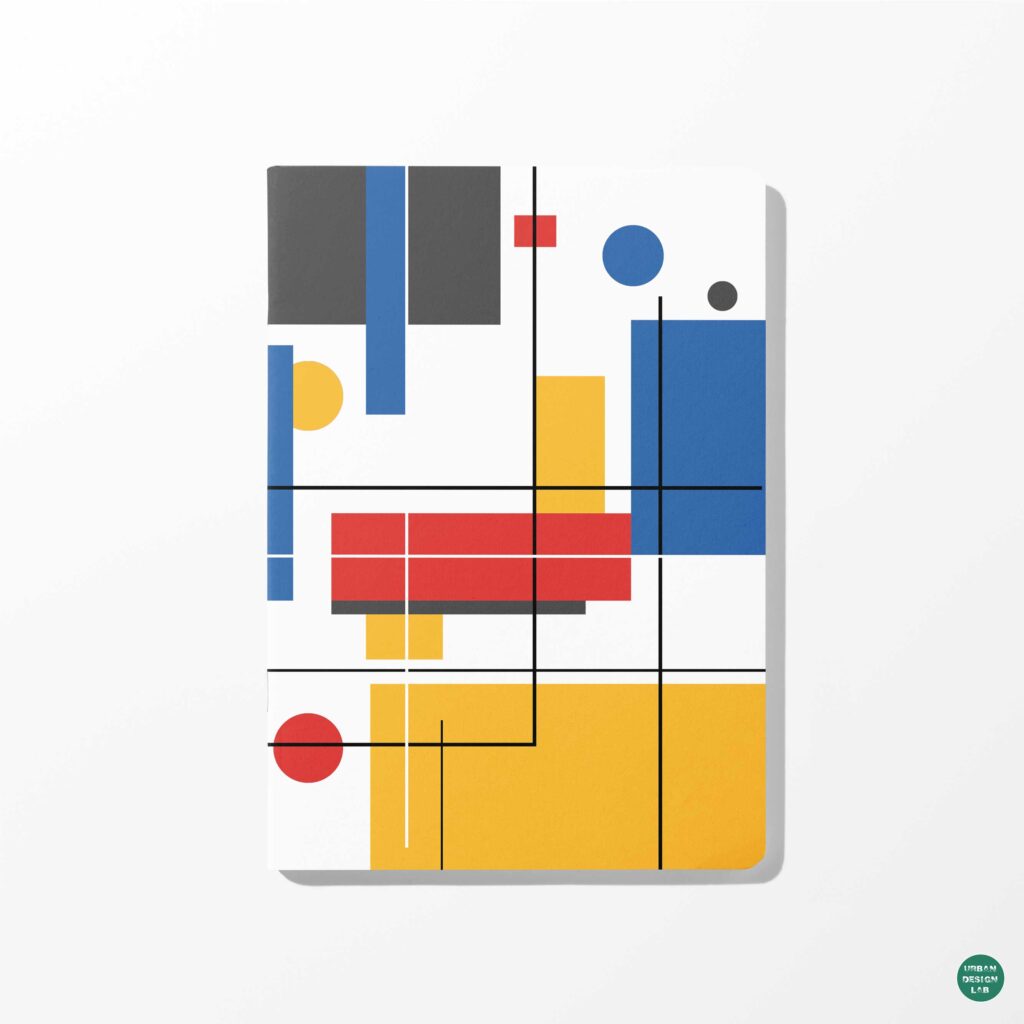
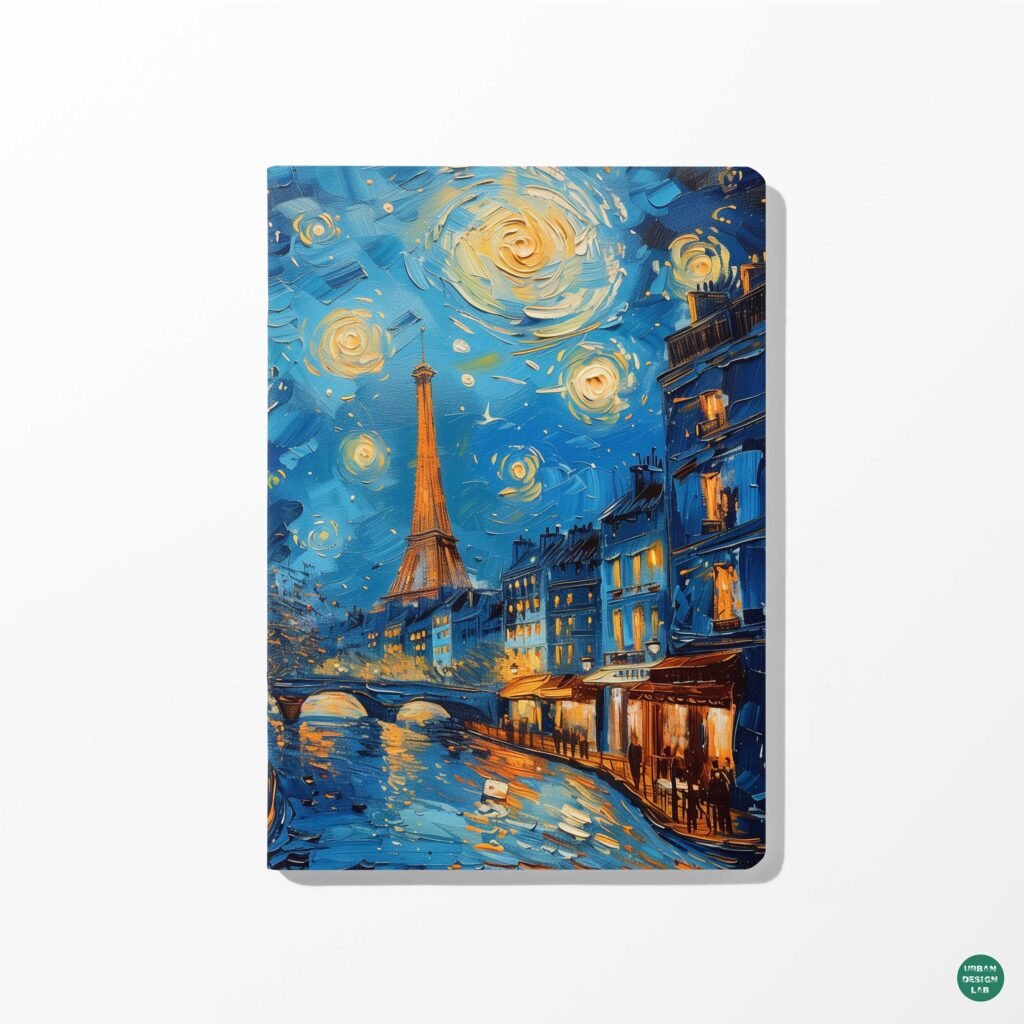
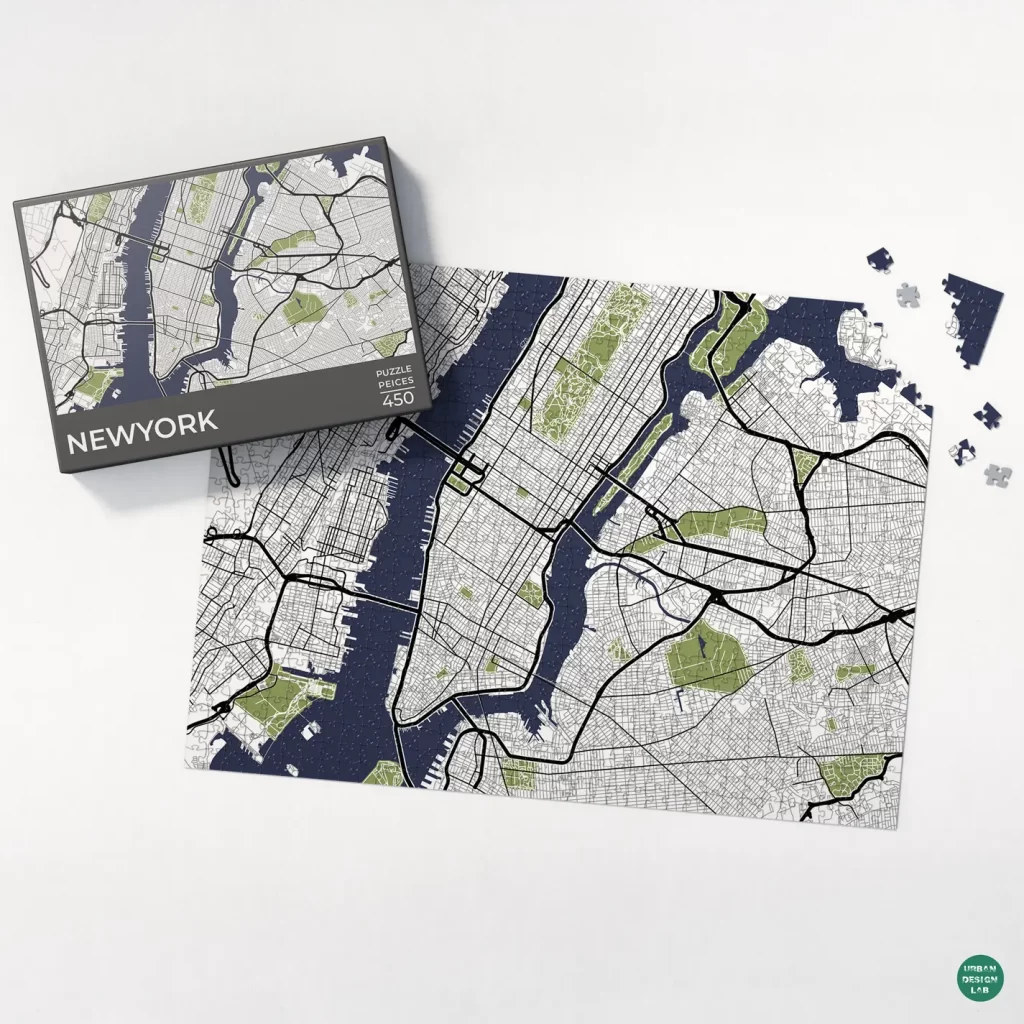
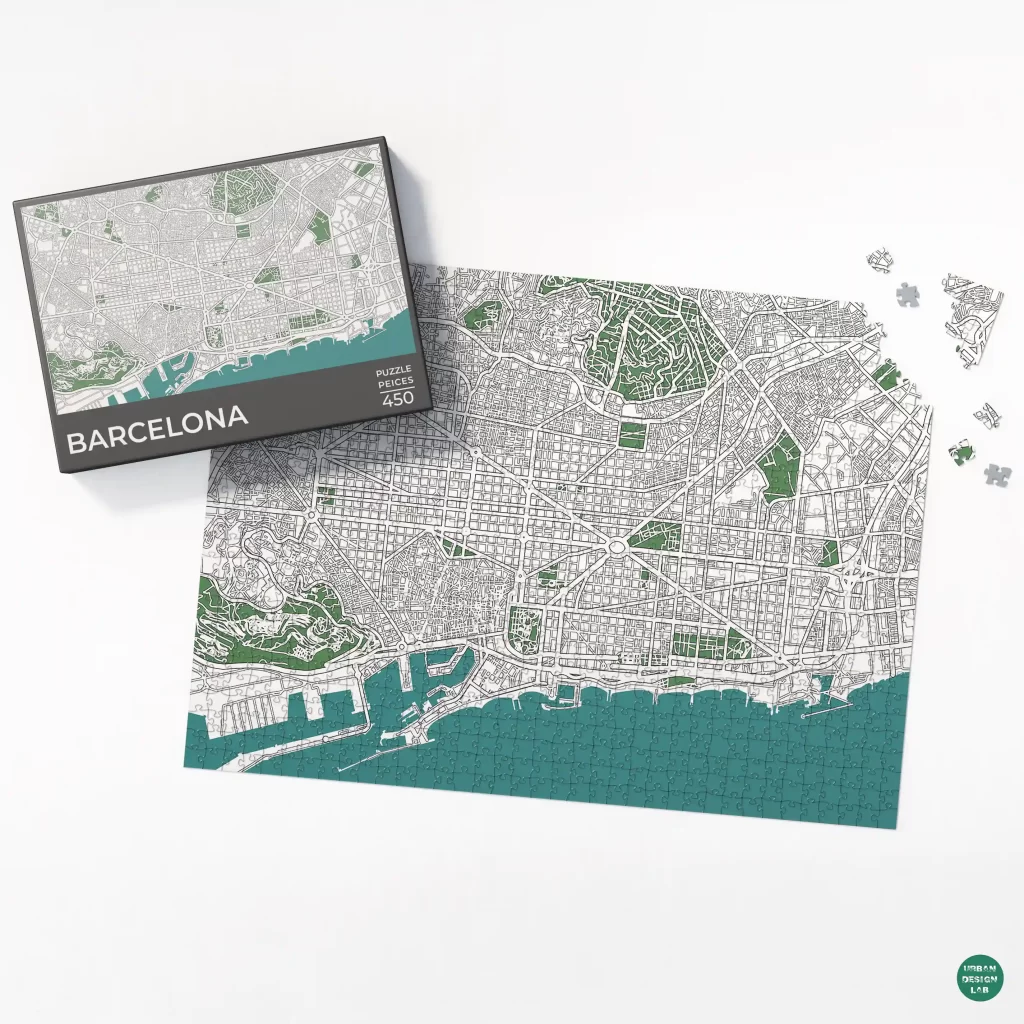
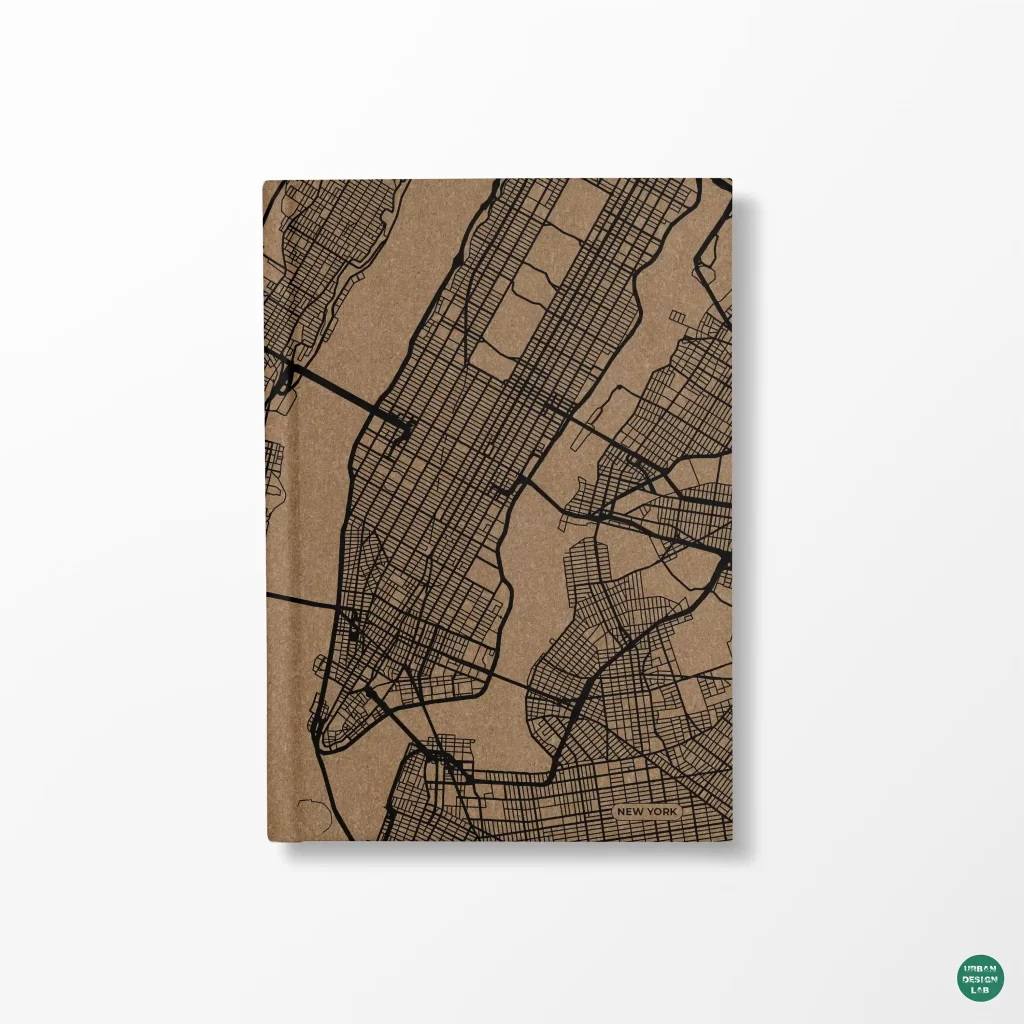
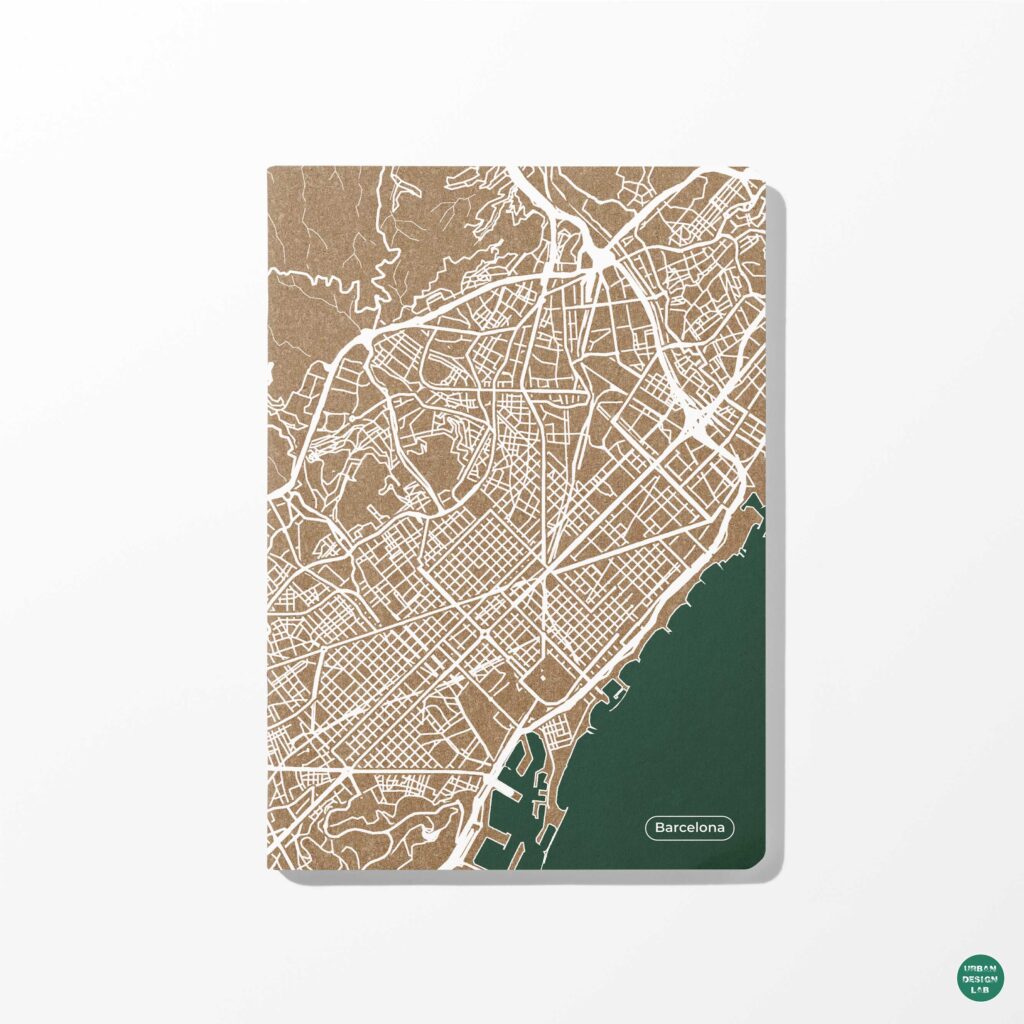
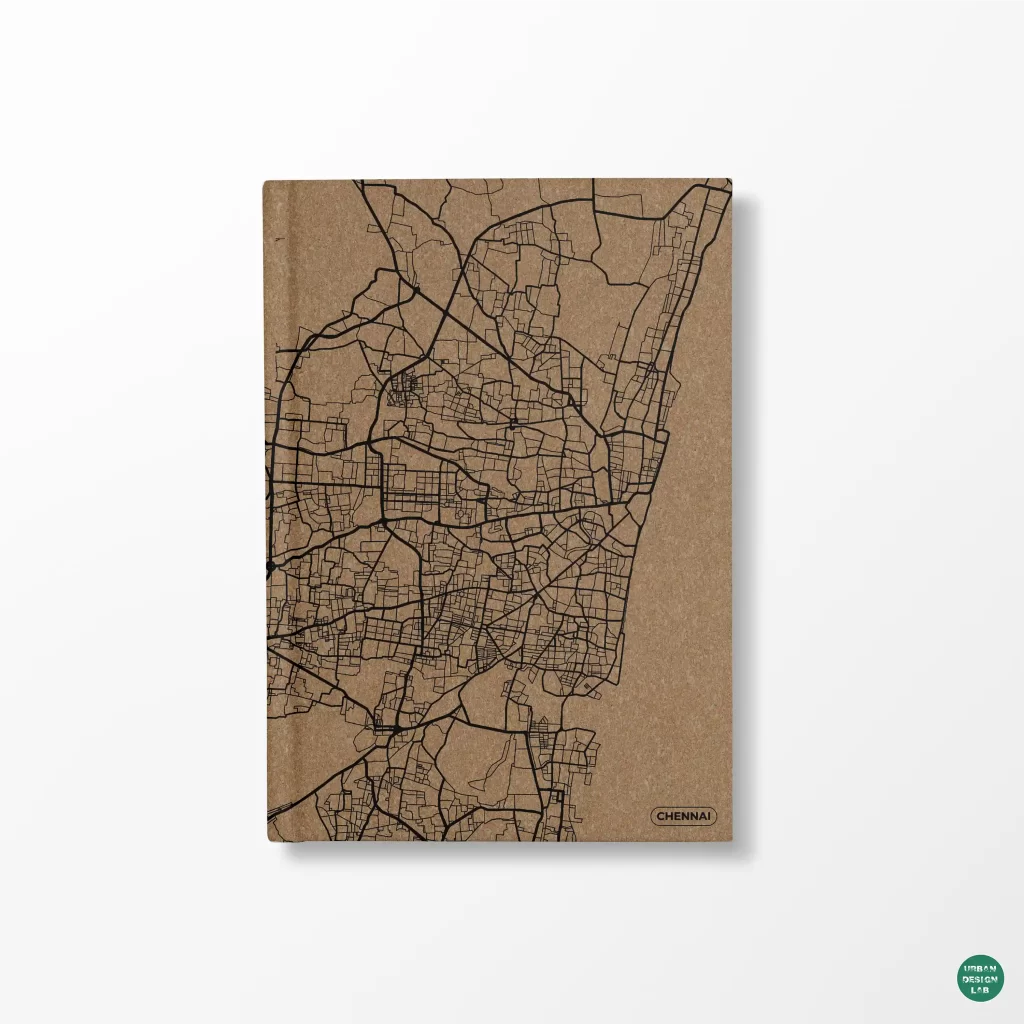
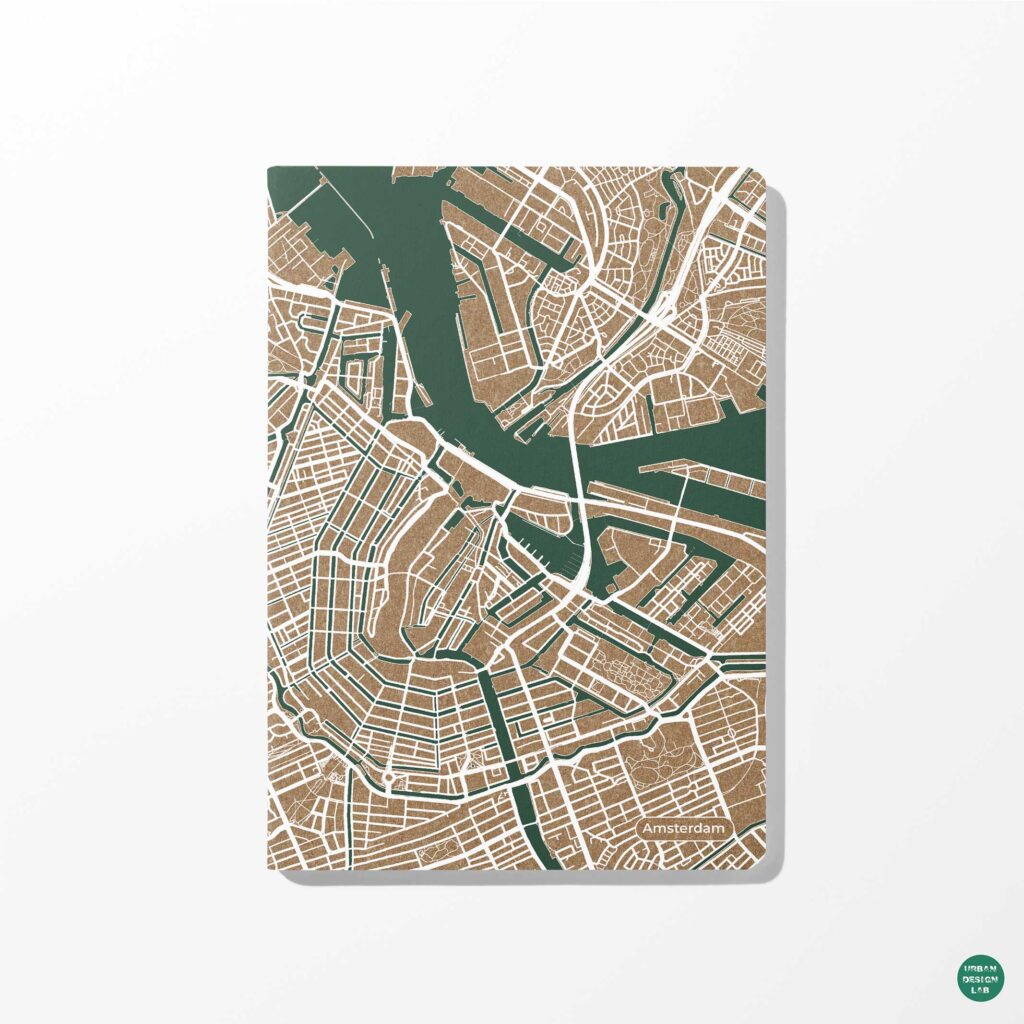
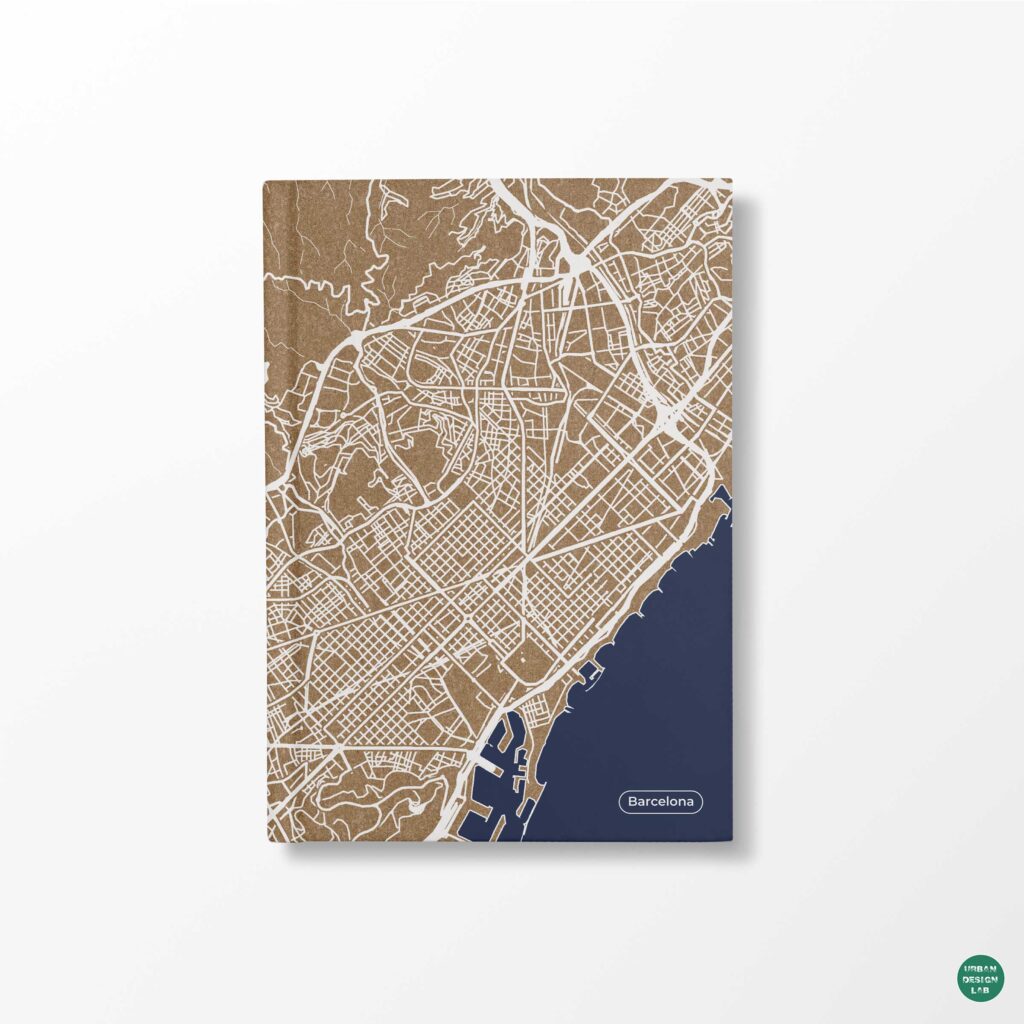



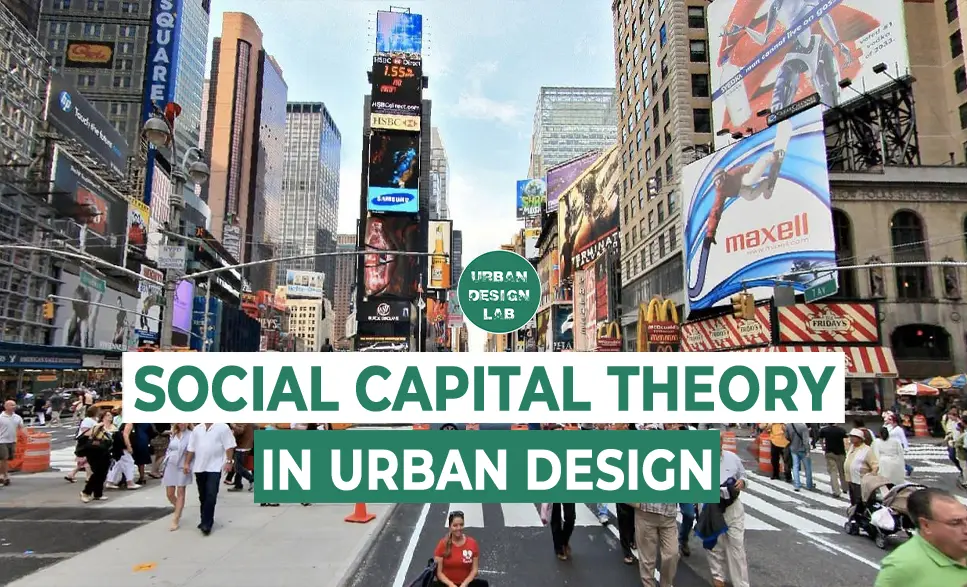
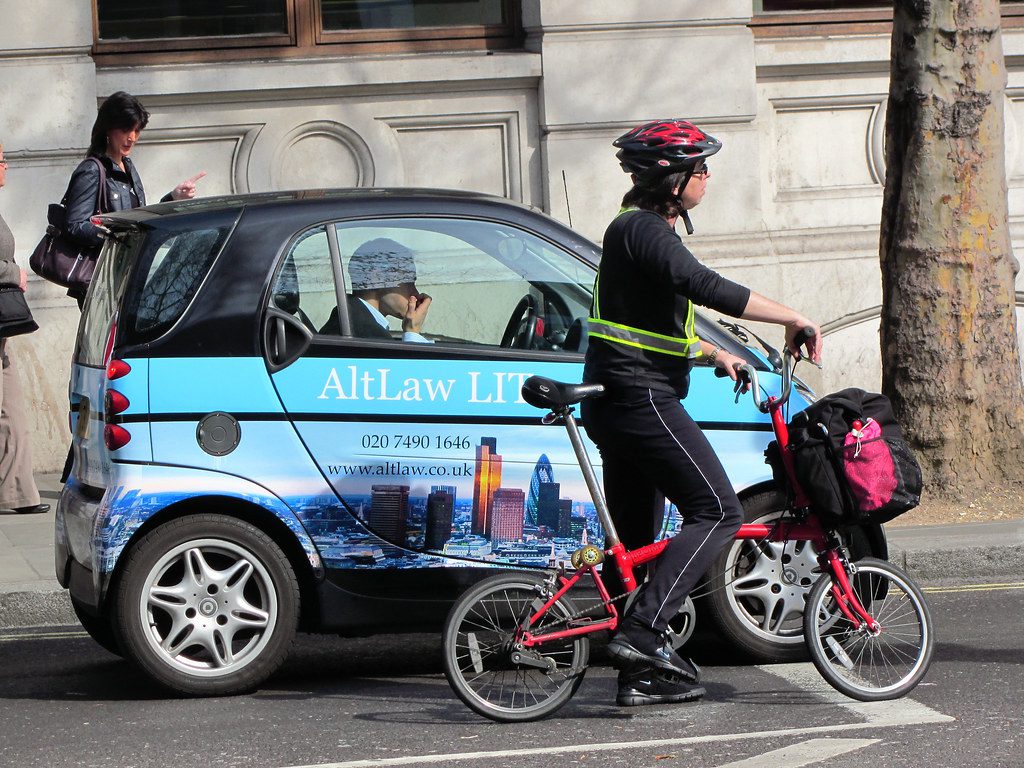

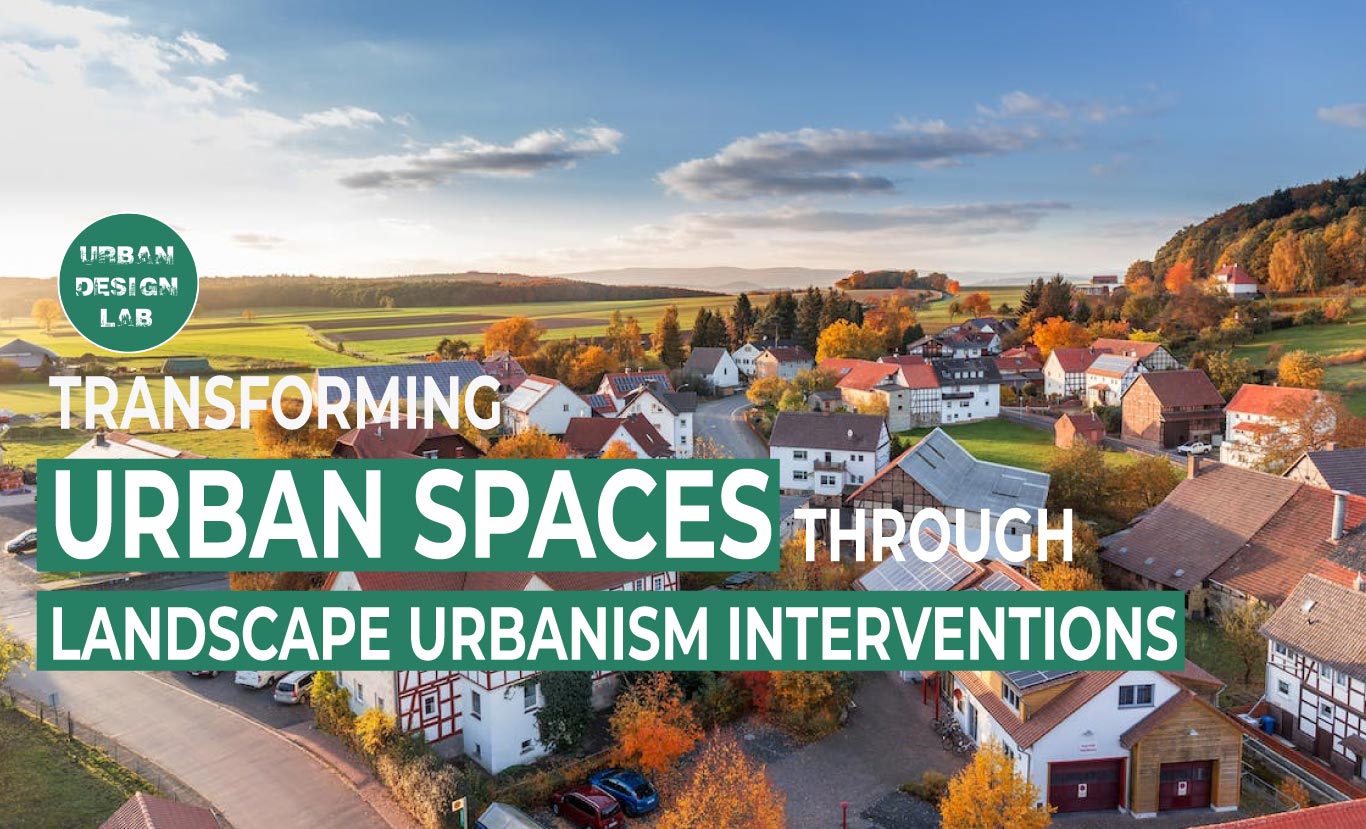
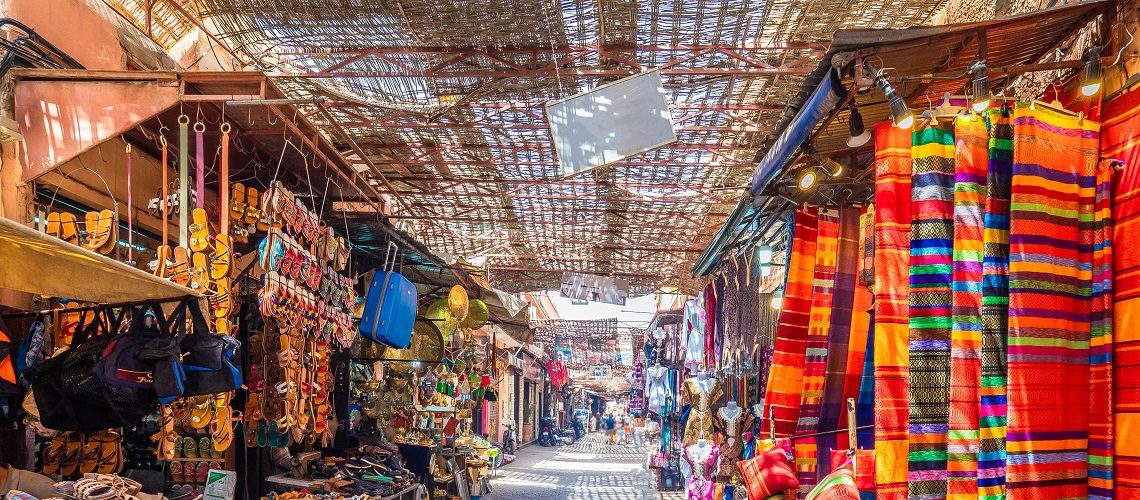
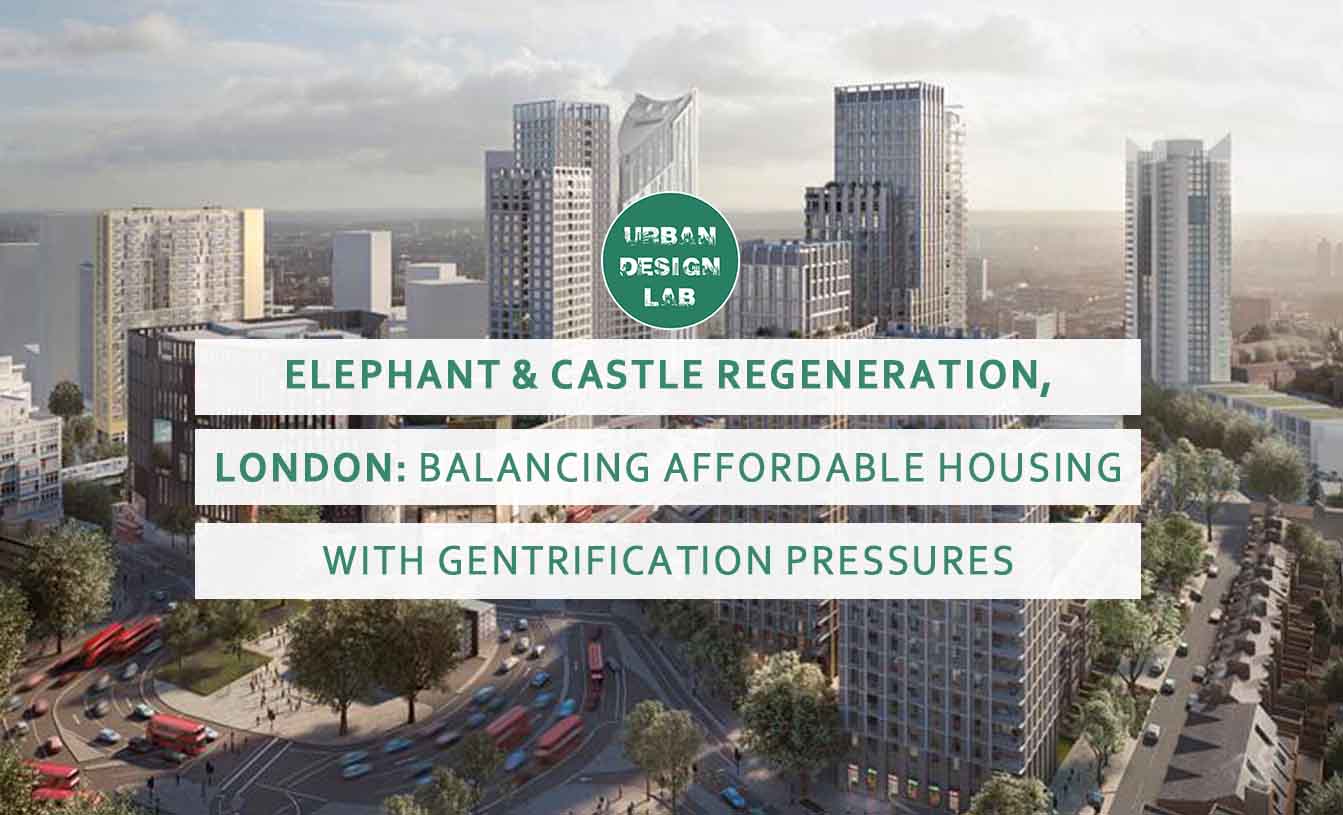
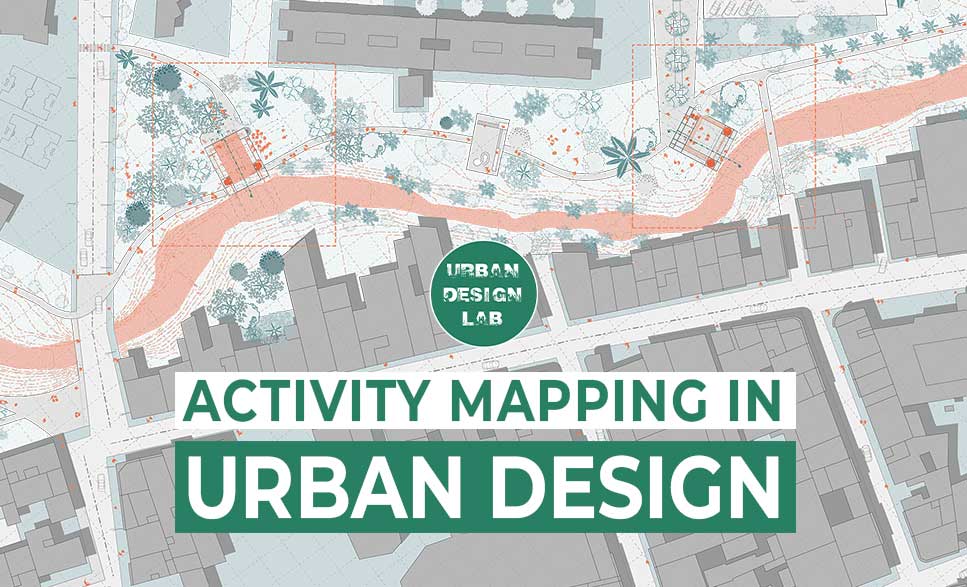
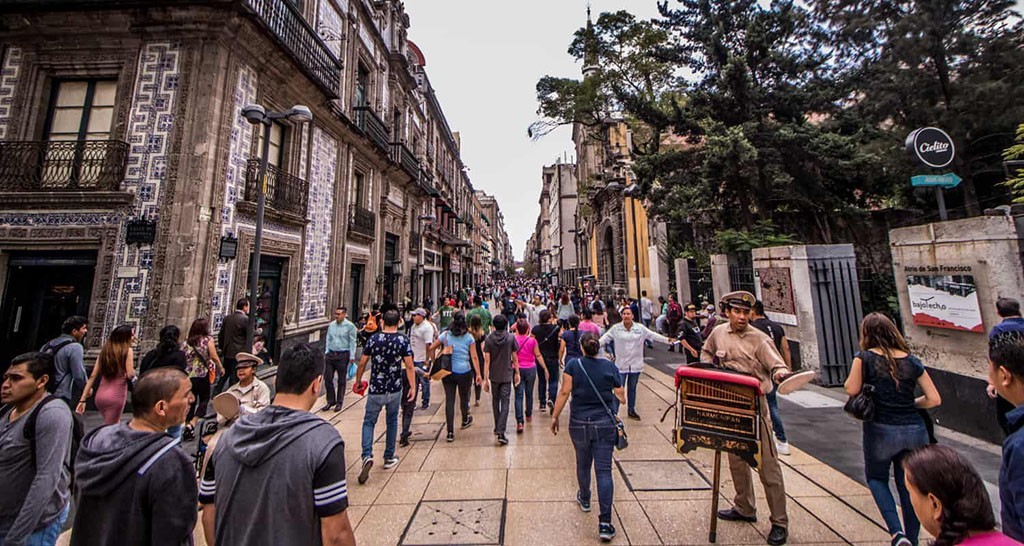
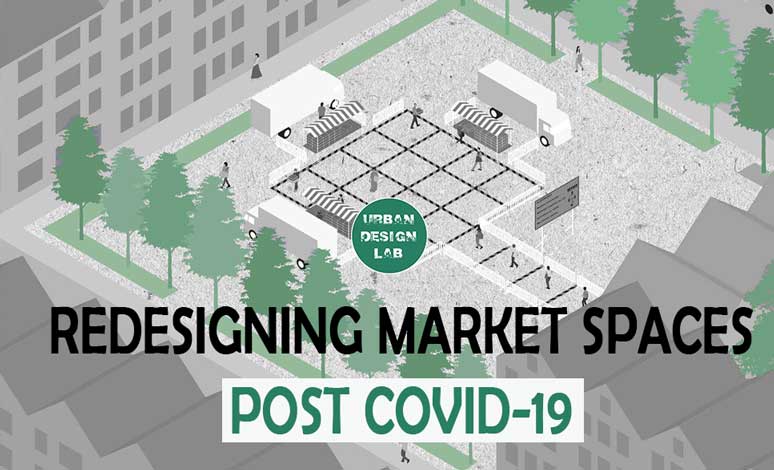
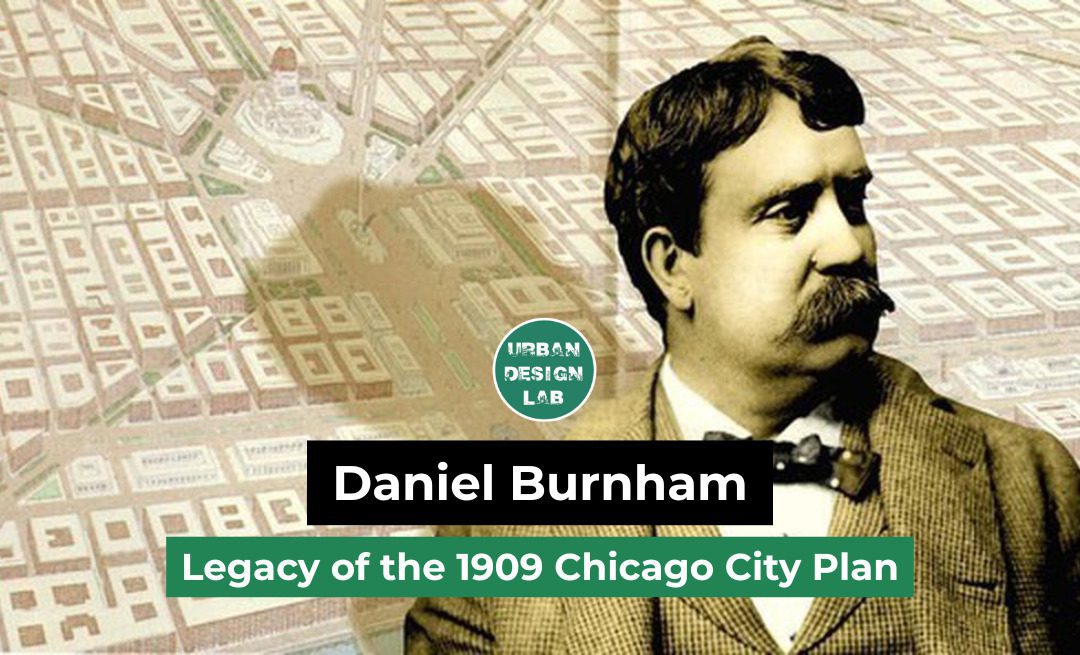
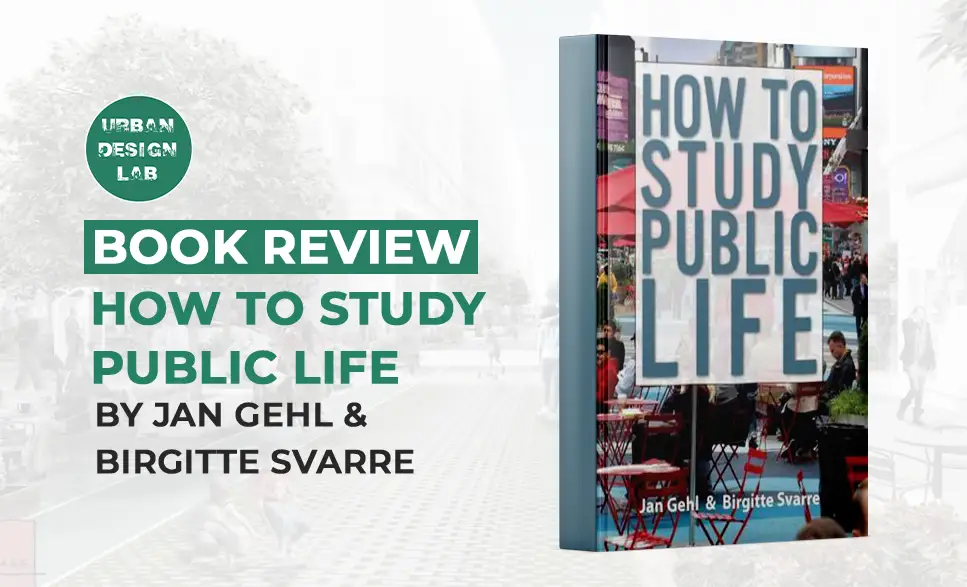

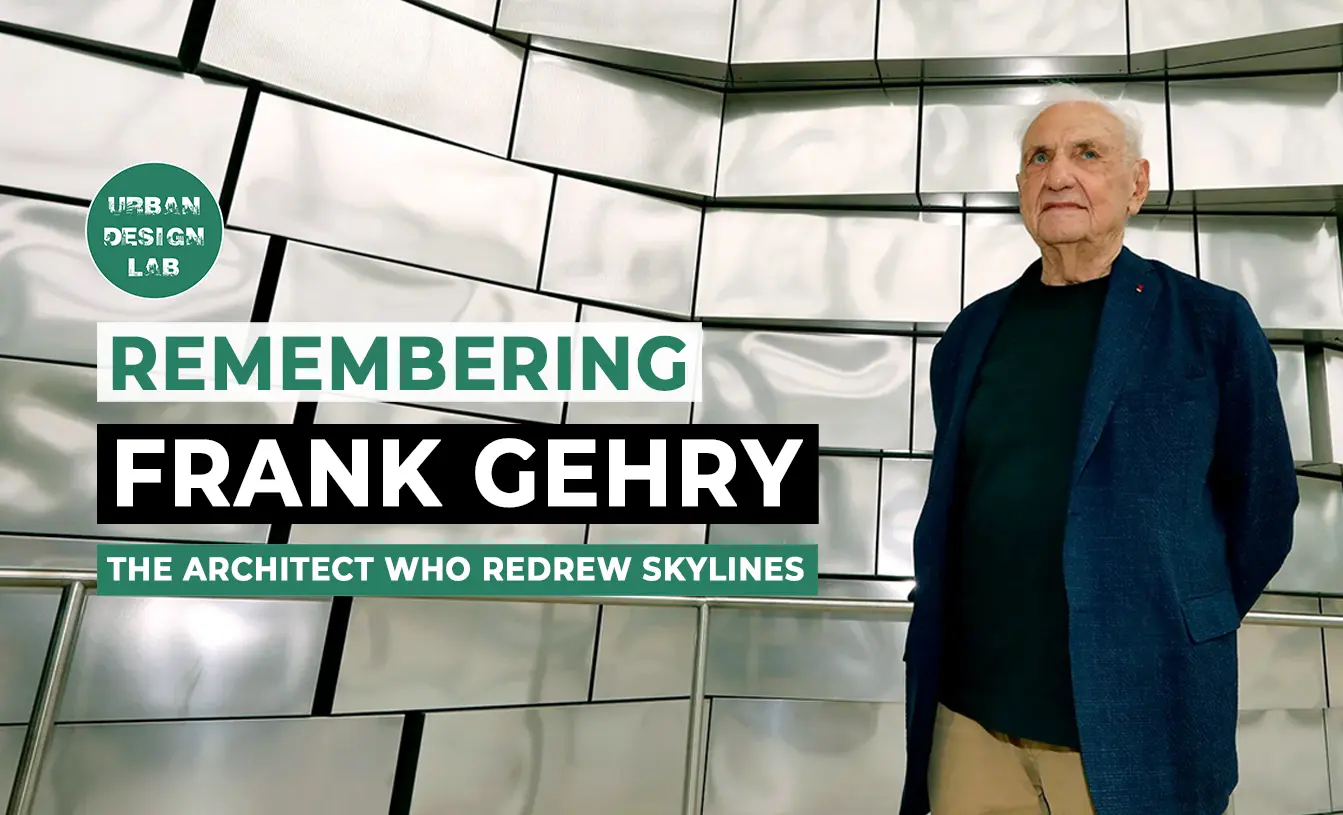
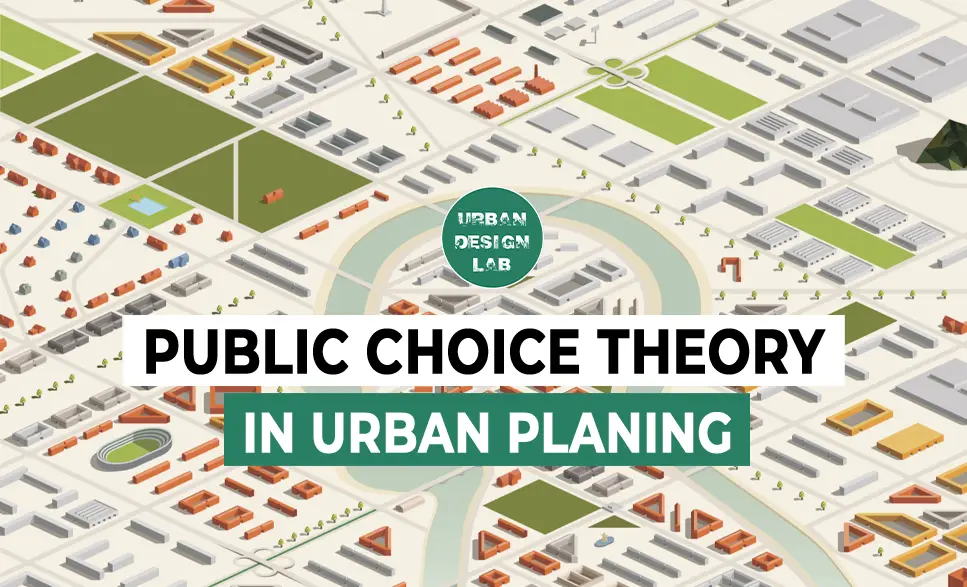

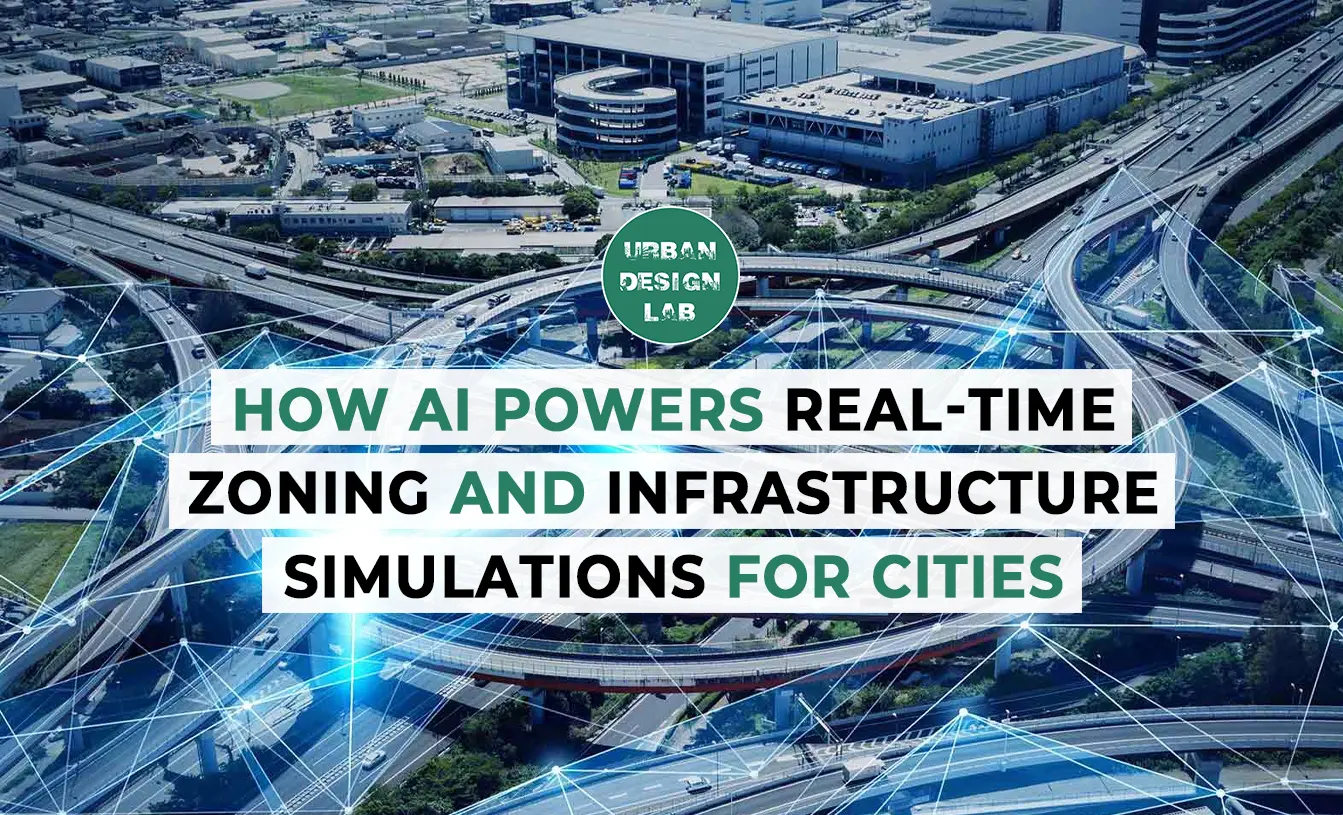


25 Comments
This is exactly the kind of content I’ve been searching for.
You made some excellent points here. Well done!
You’ve built a lot of trust through your consistency.
Your passion for the topic really shines through.
This was easy to follow, even for someone new like me.
This was incredibly useful and well written.
Your tips are practical and easy to apply. Thanks a lot!
You explained it in such a relatable way. Well done!
This was very well laid out and easy to follow.
Great points, well supported by facts and logic.
Great points, well supported by facts and logic.
This content is gold. Thank you so much!
Your content never disappoints. Keep up the great work!
I agree with your point of view and found this very insightful.
This is exactly the kind of content I’ve been searching for.
Keep writing! Your content is always so helpful.
This article came at the perfect time for me.
I appreciate the honesty and openness in your writing.
Posts like this are why I keep coming back. It’s rare to find content that’s simple, practical, and not full of fluff.
You clearly know your stuff. Great job on this article.
I appreciate how genuine your writing feels. Thanks for sharing.
Great points, well supported by facts and logic.
Such a simple yet powerful message. Thanks for this.
Keep educating and inspiring others with posts like this.
thank you very much for your wonderful information !